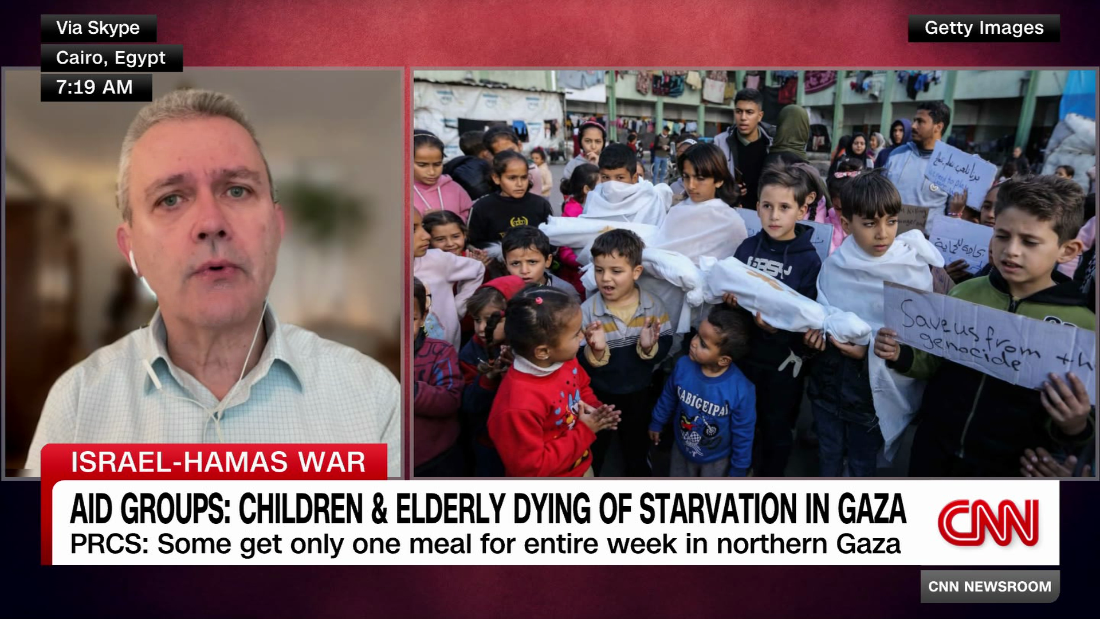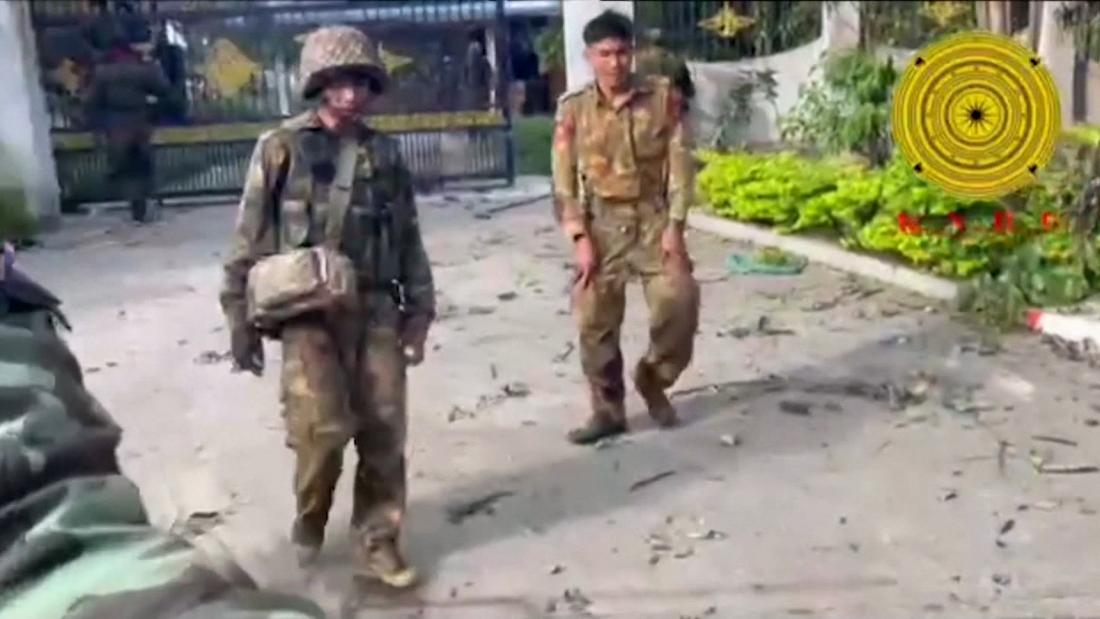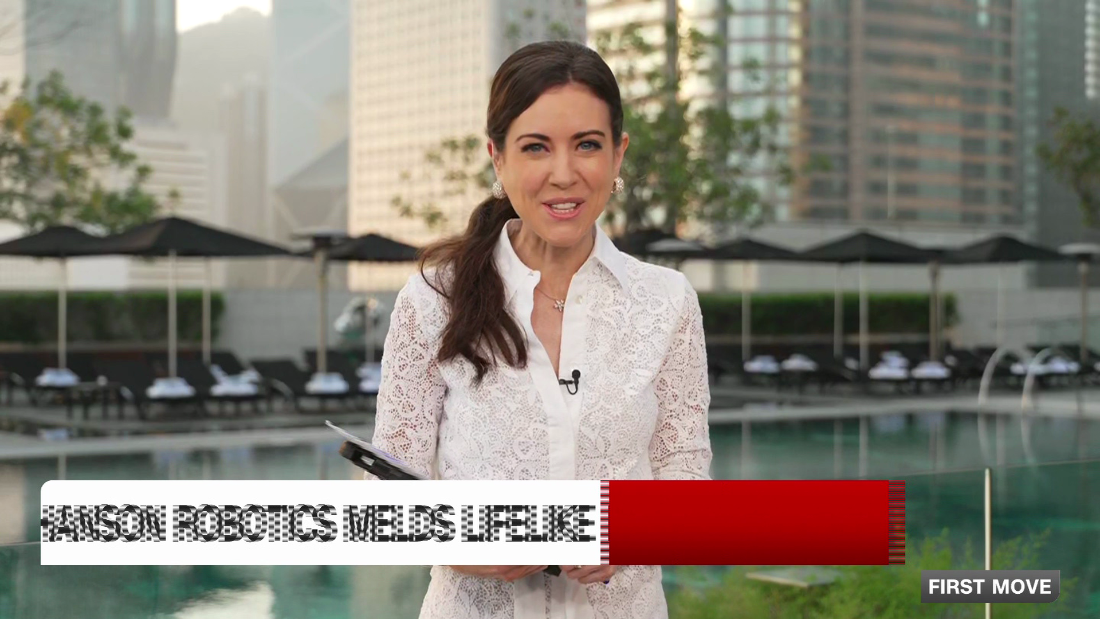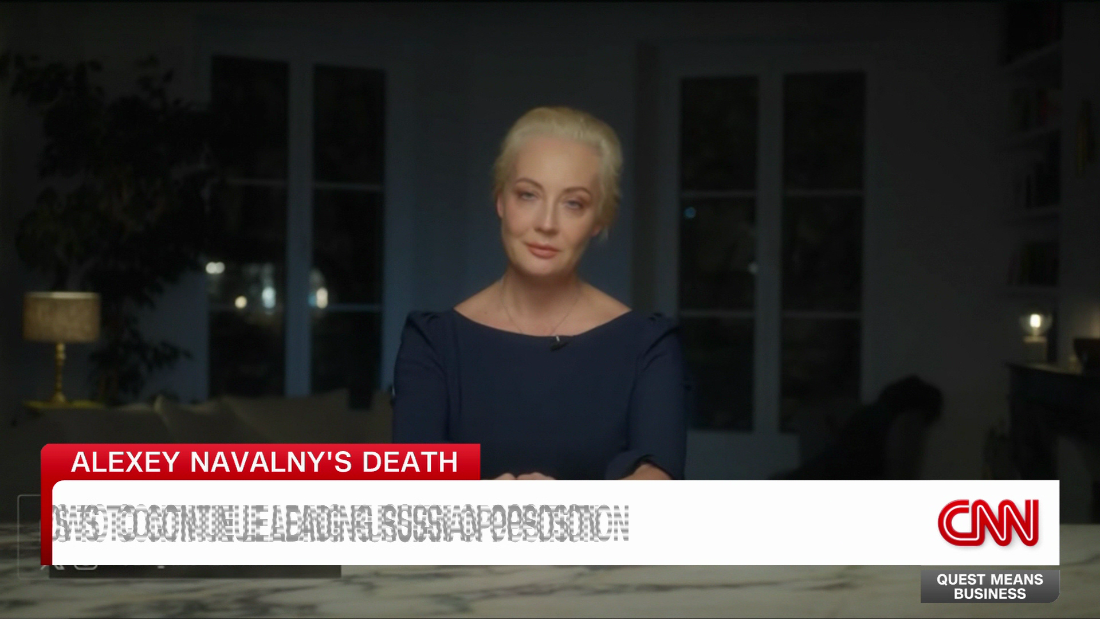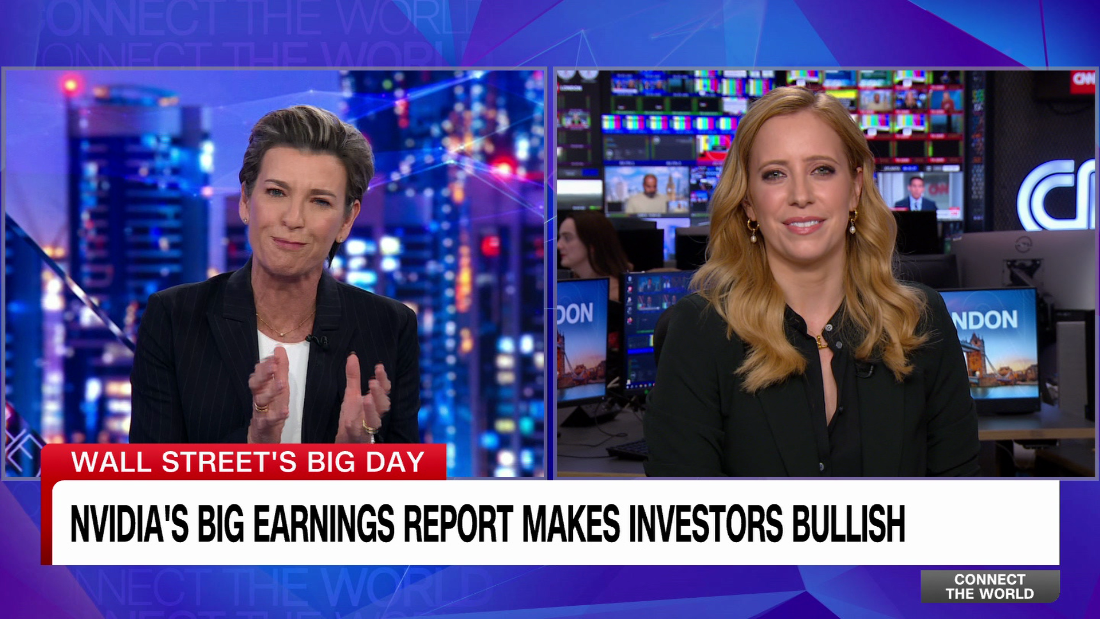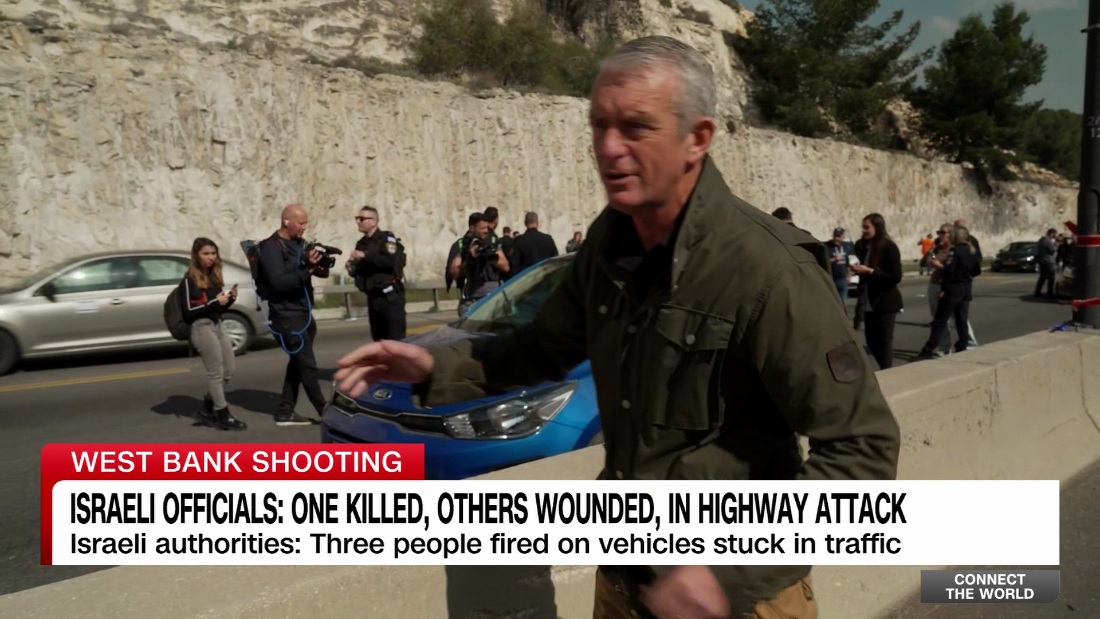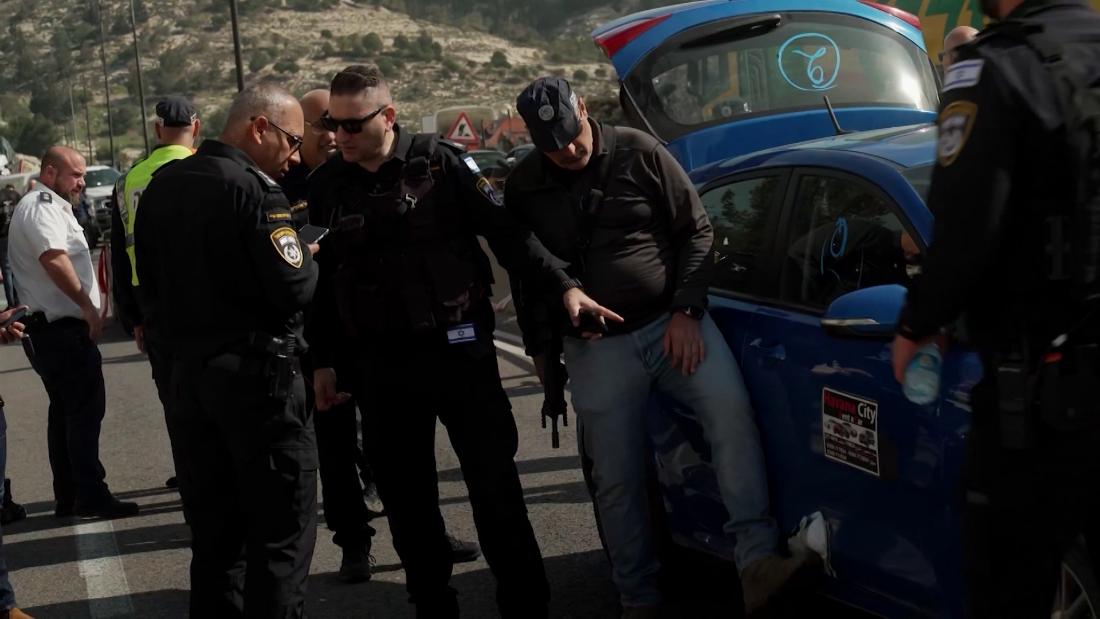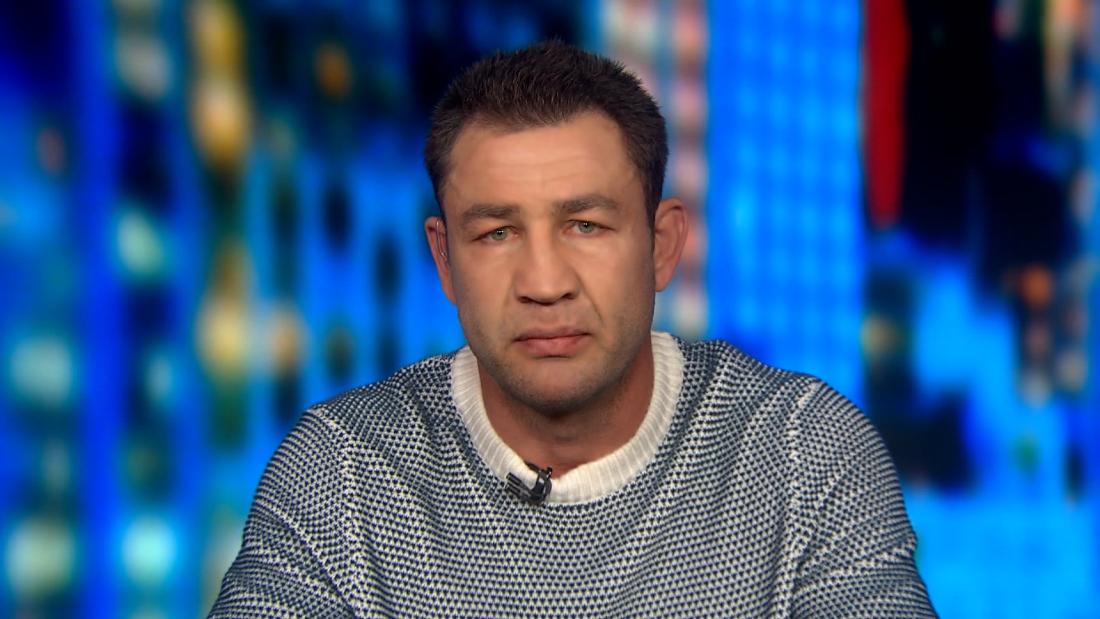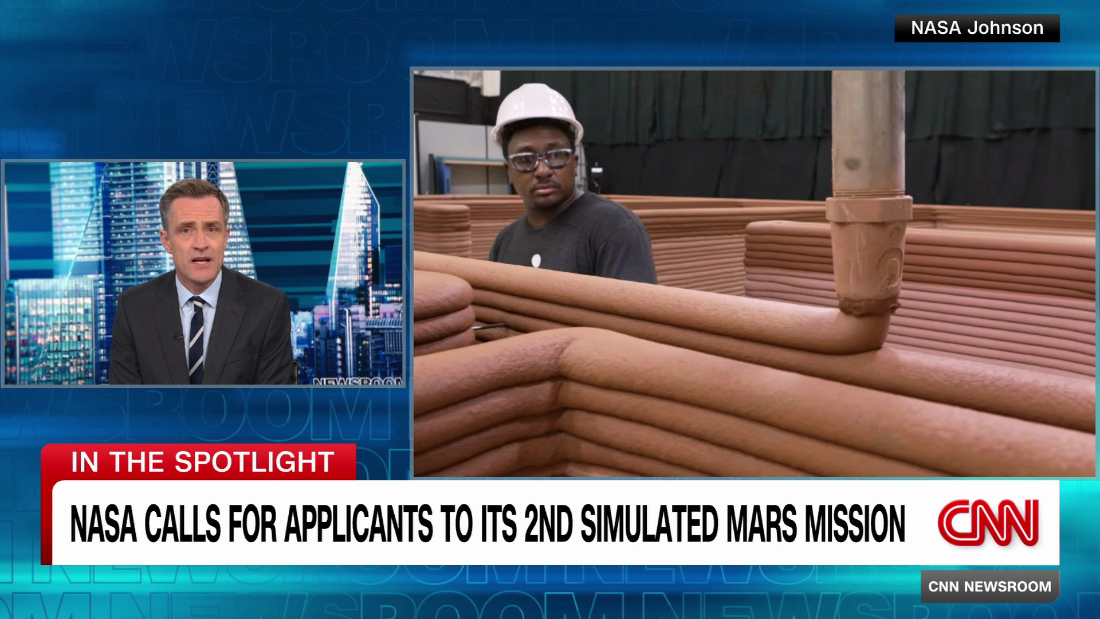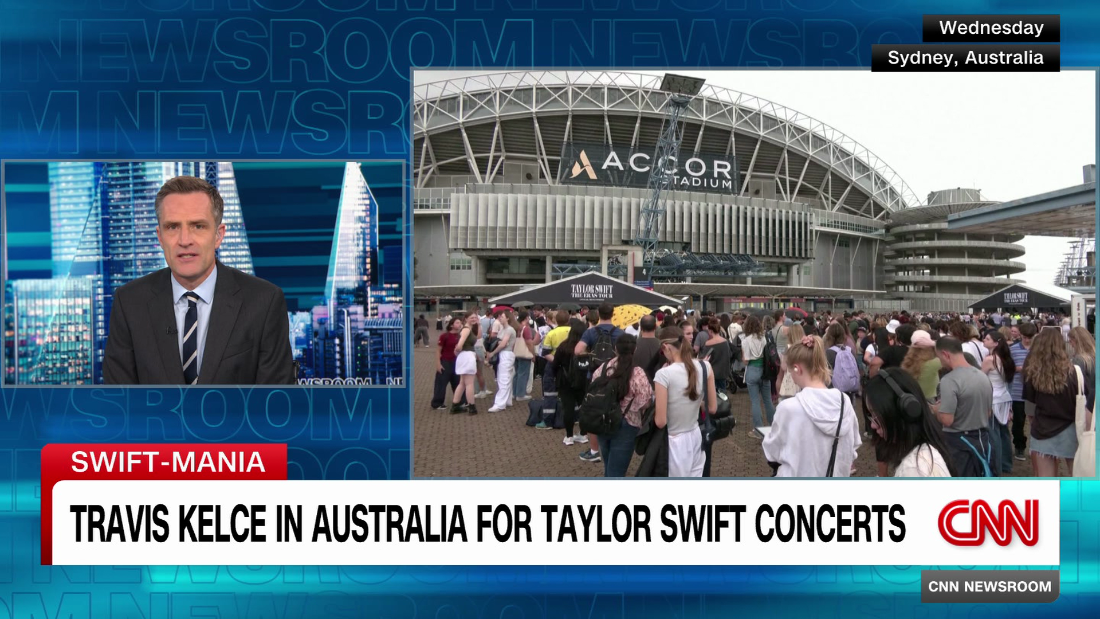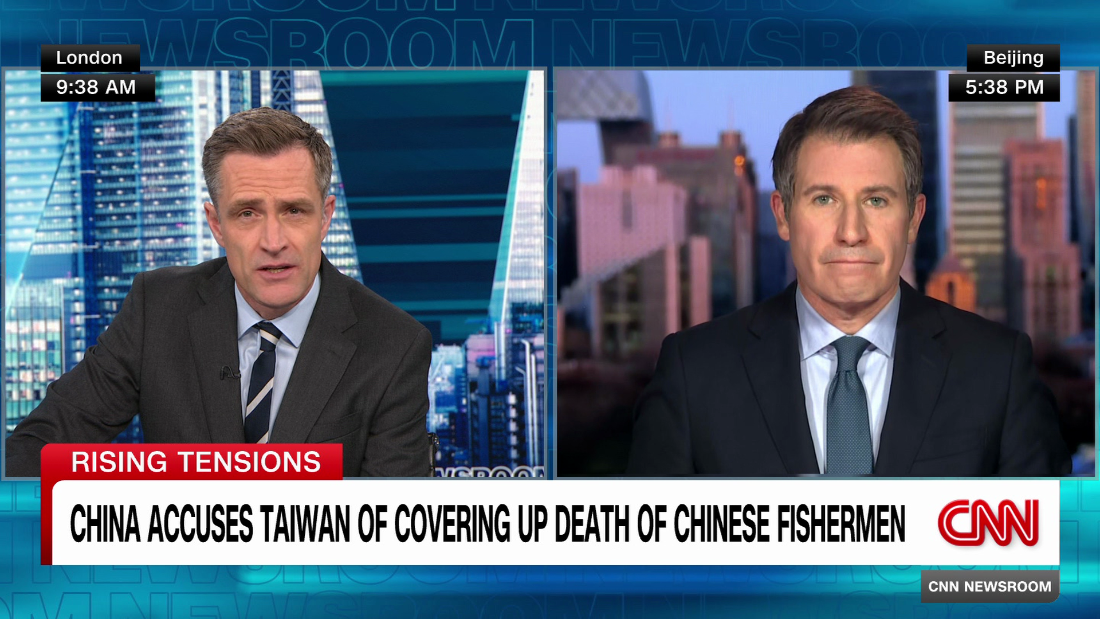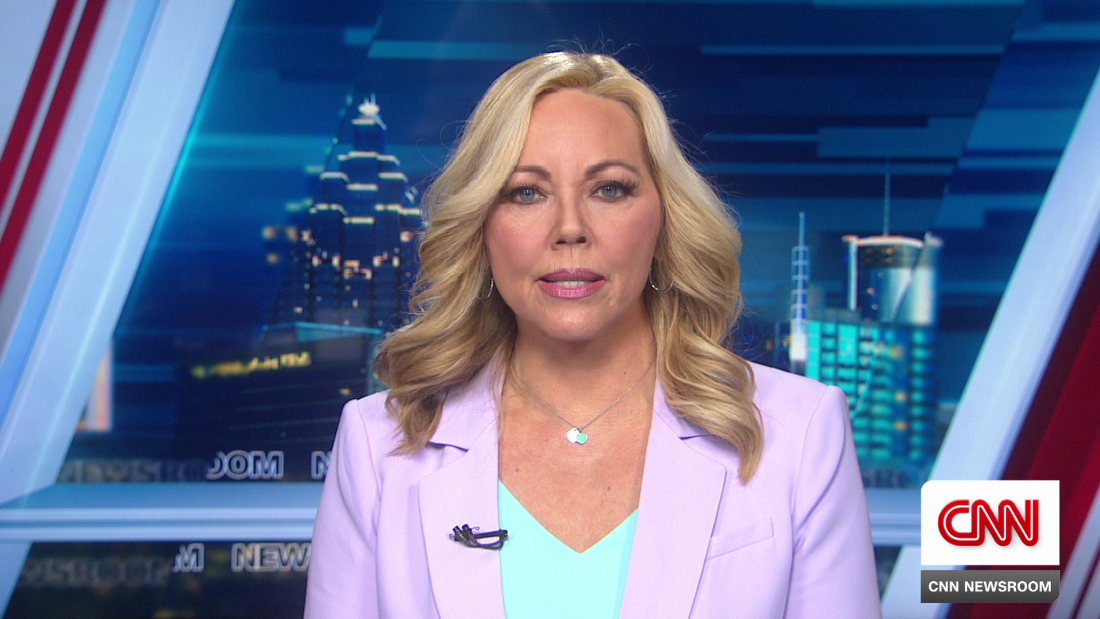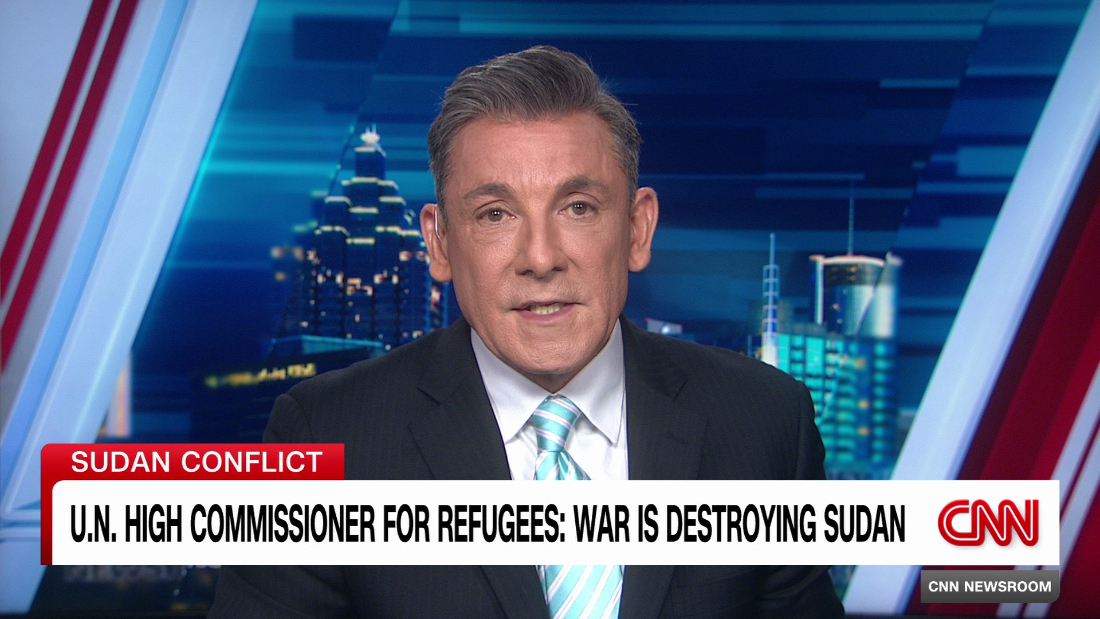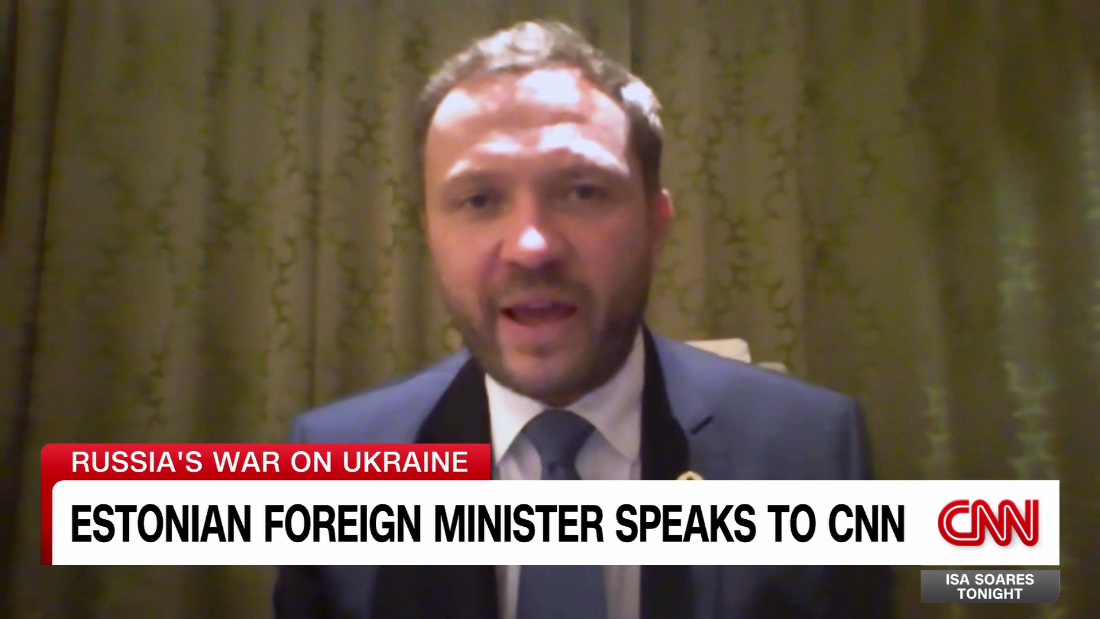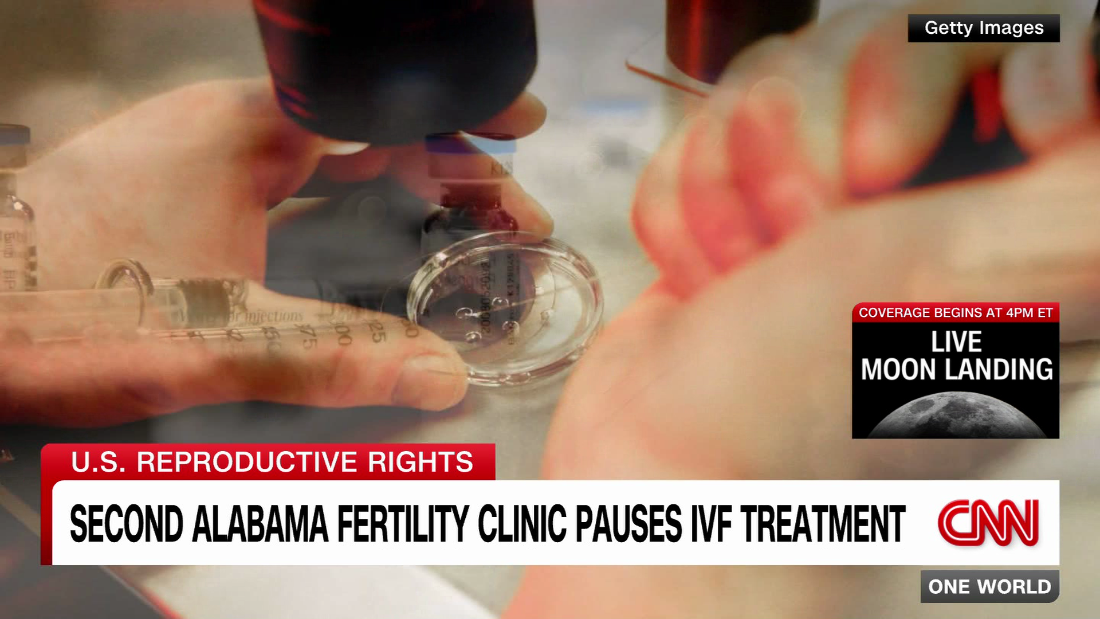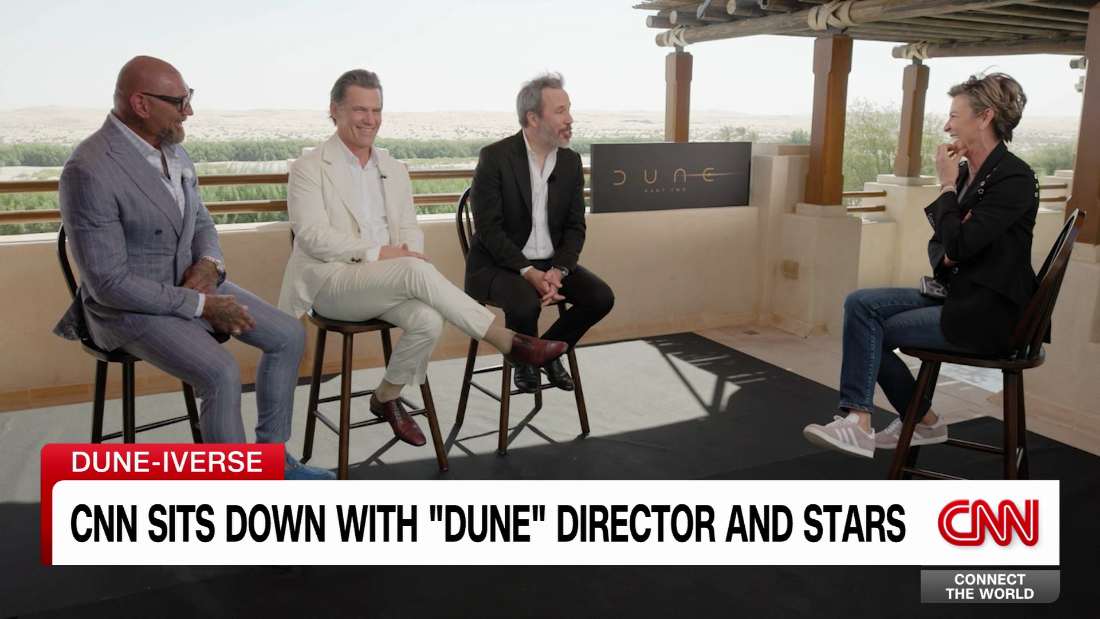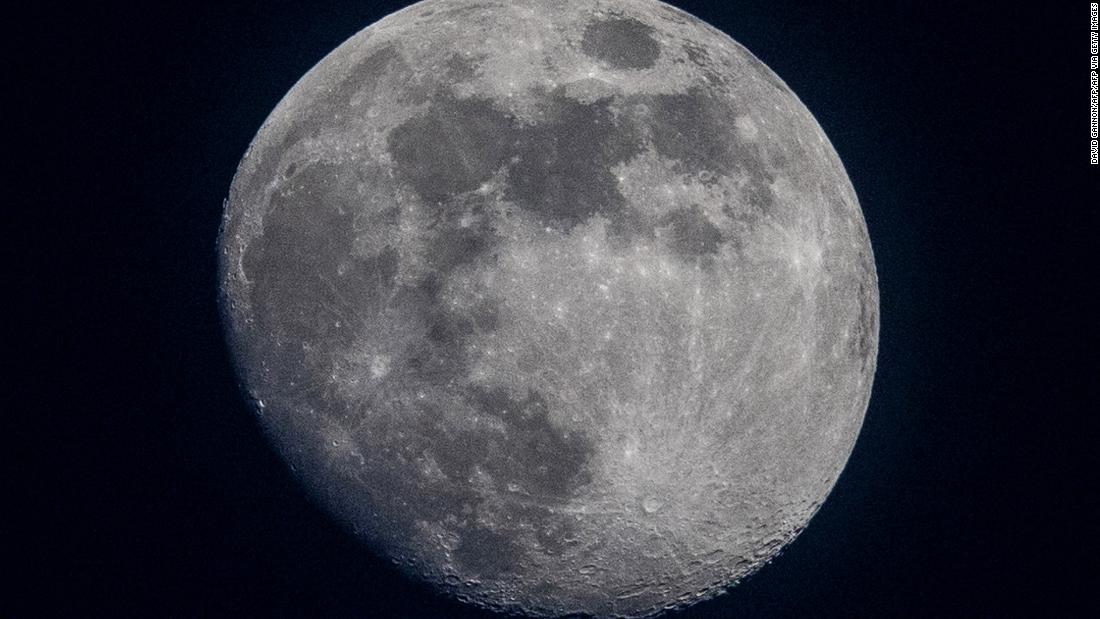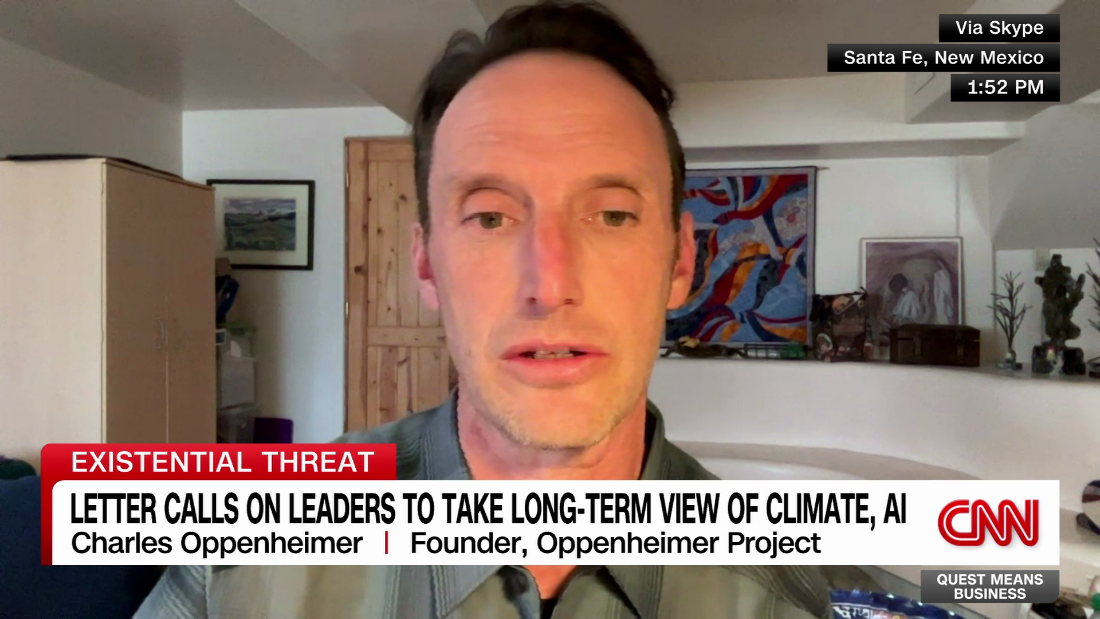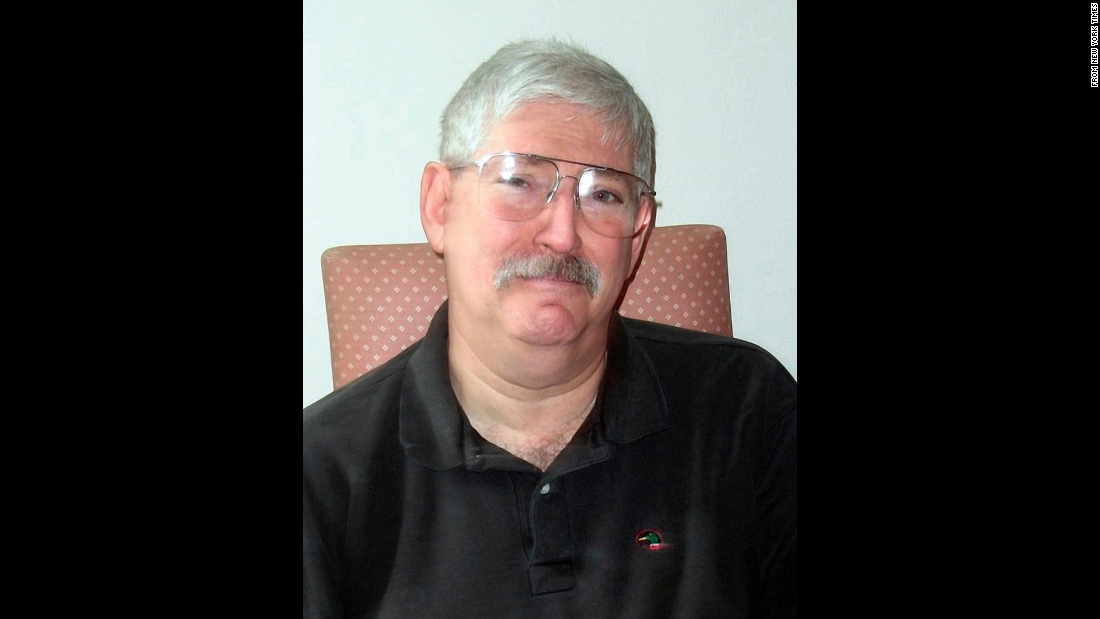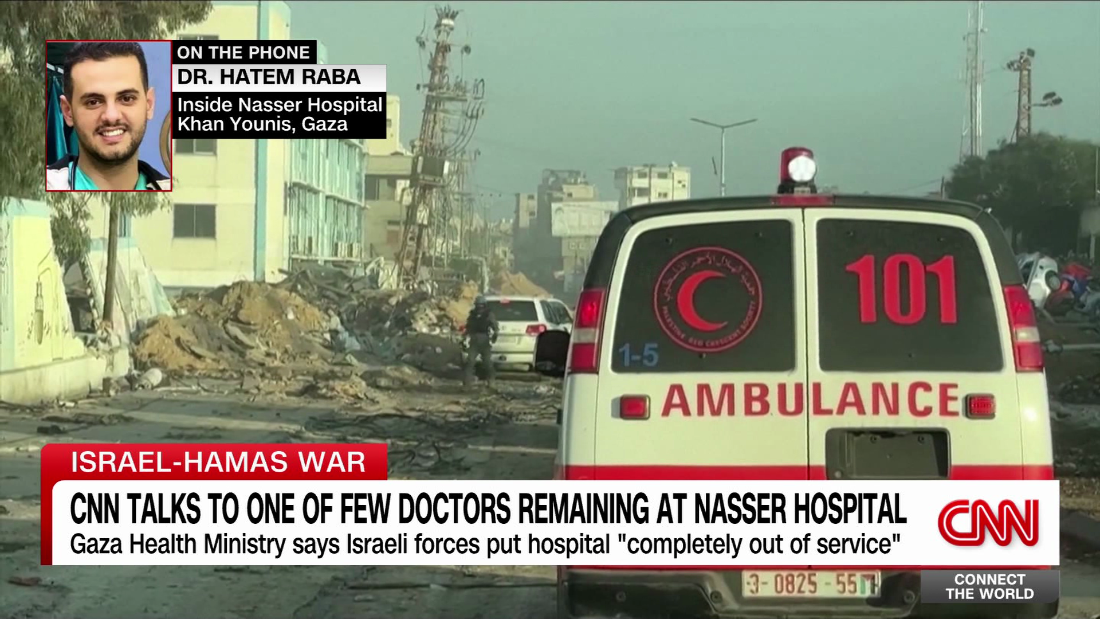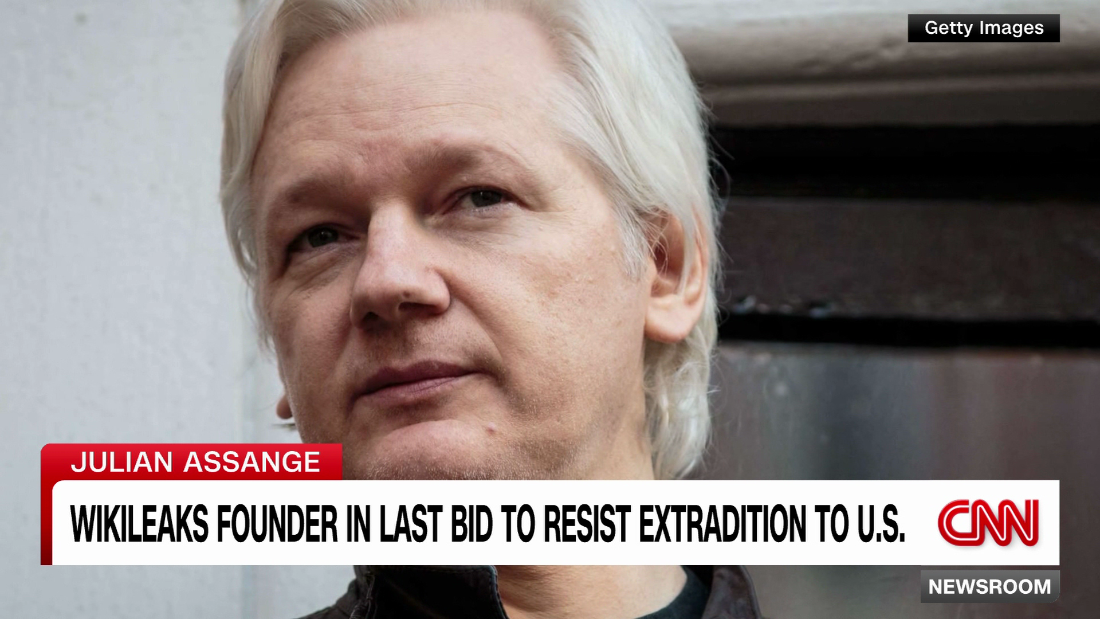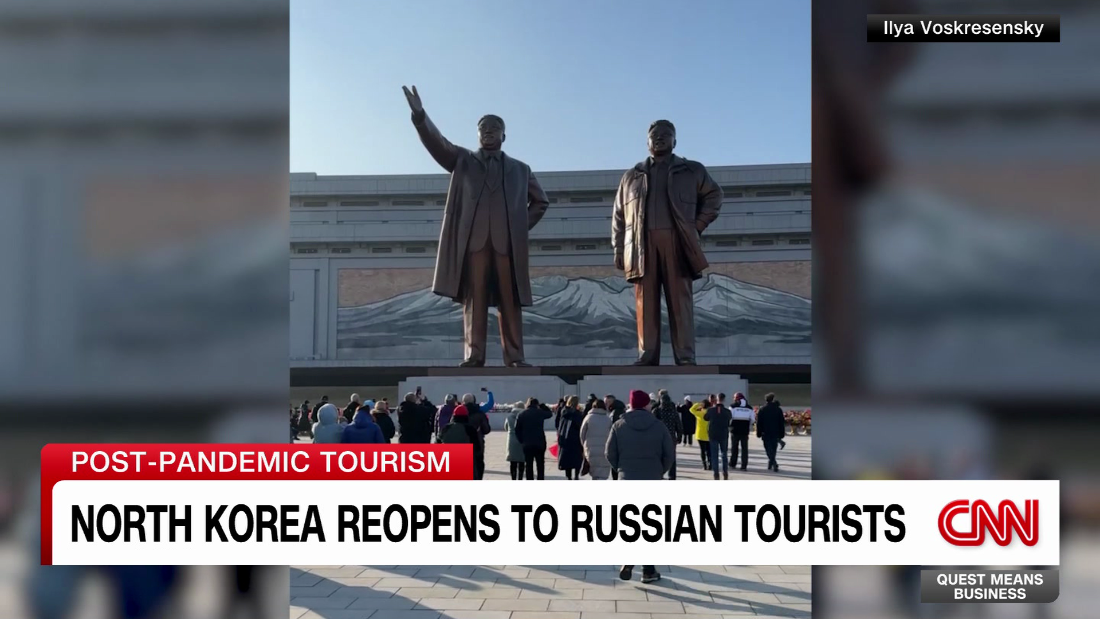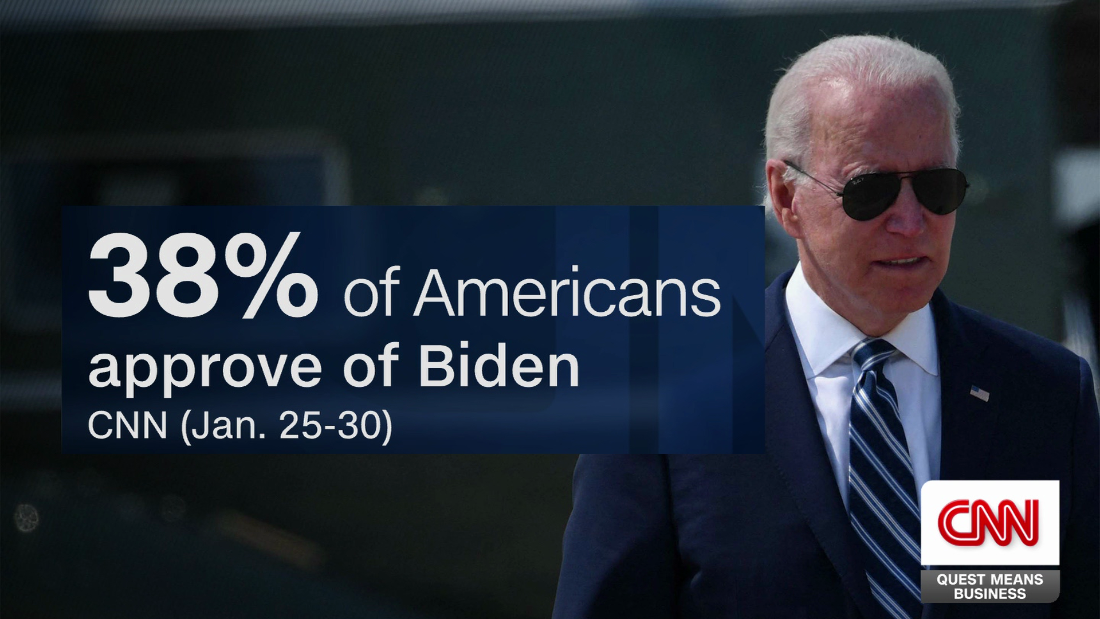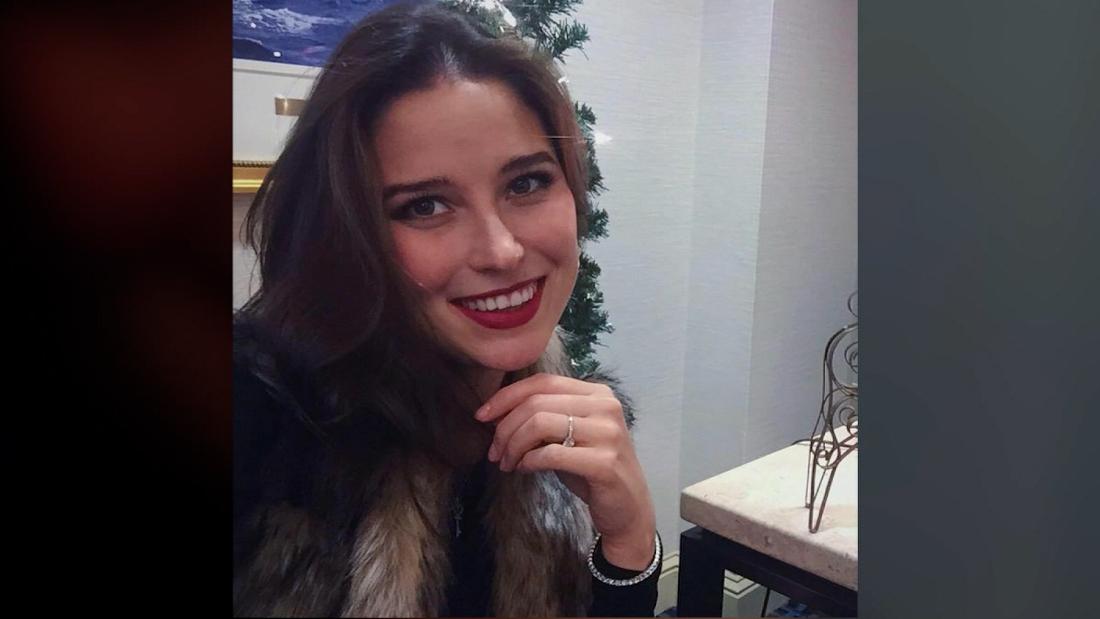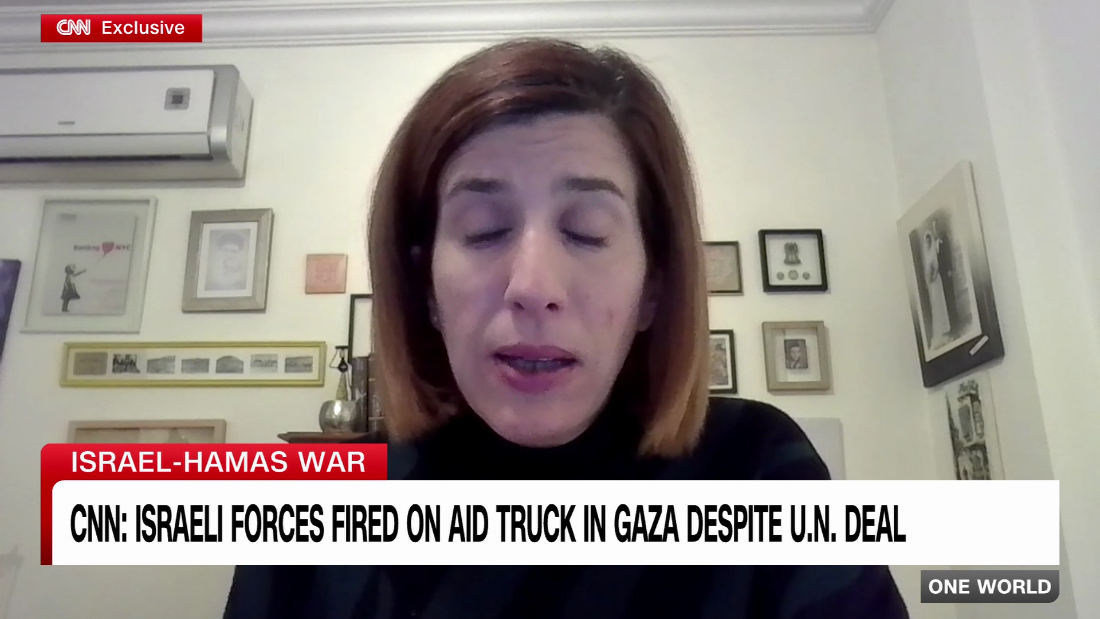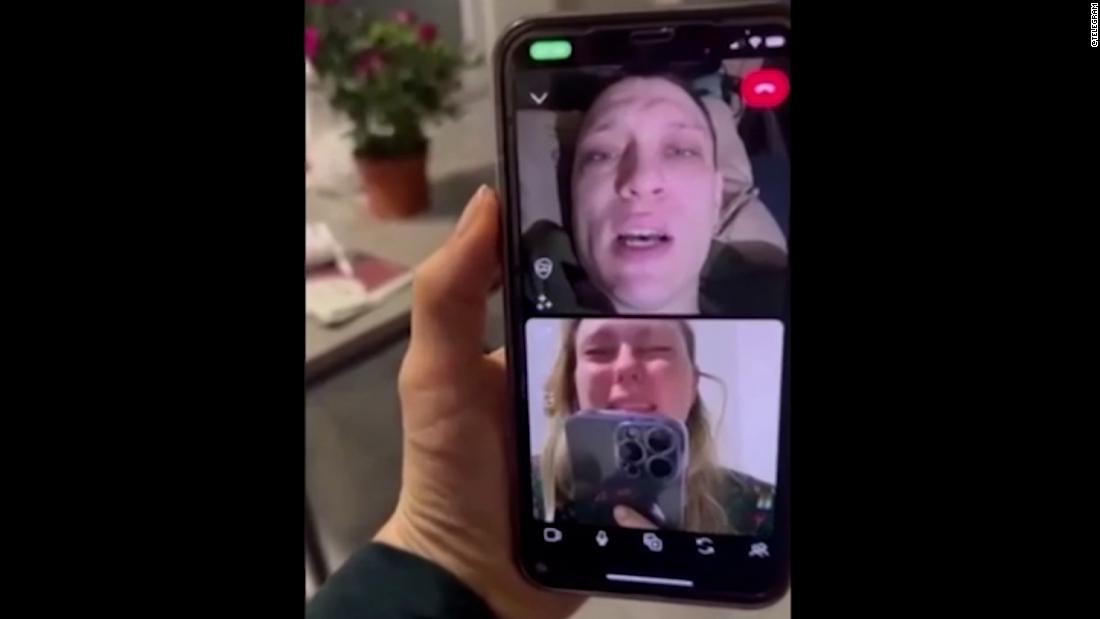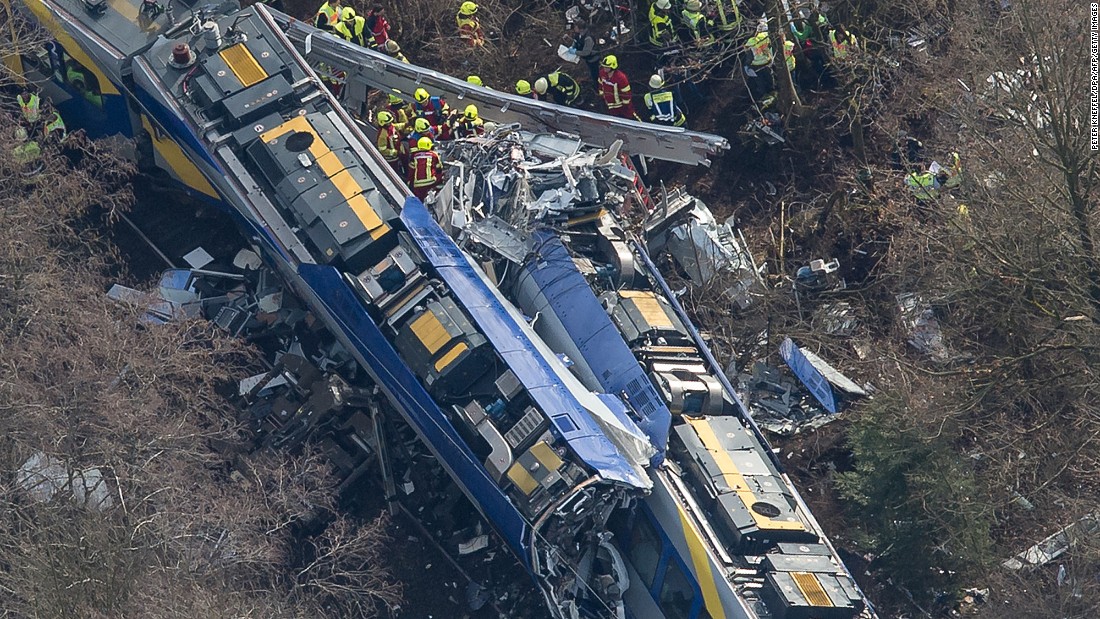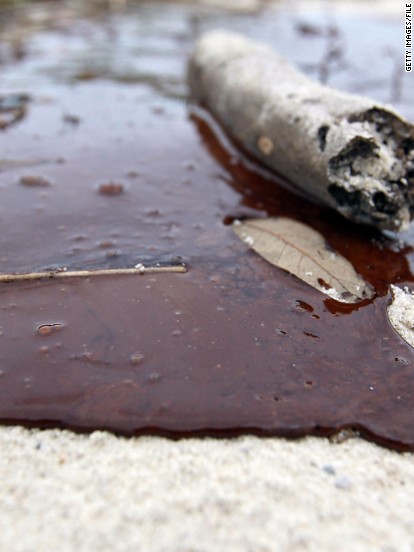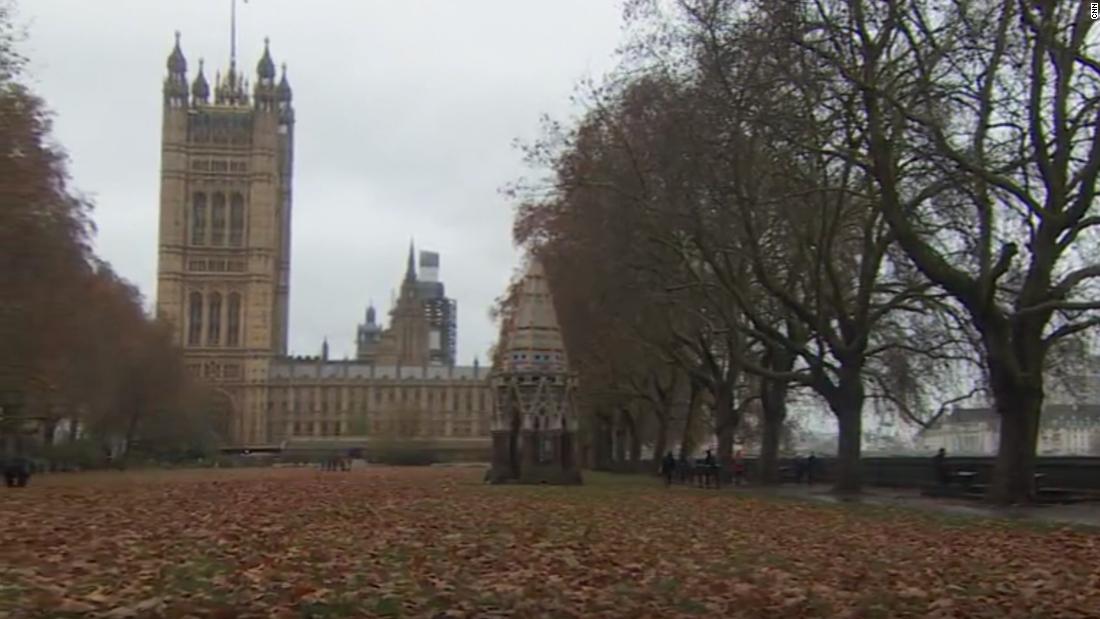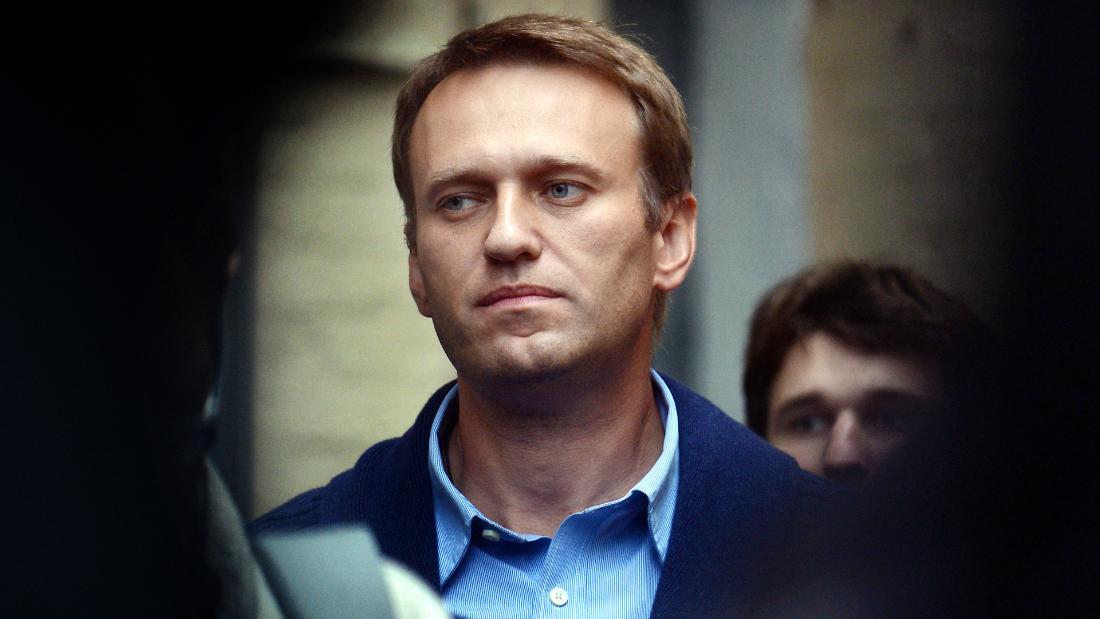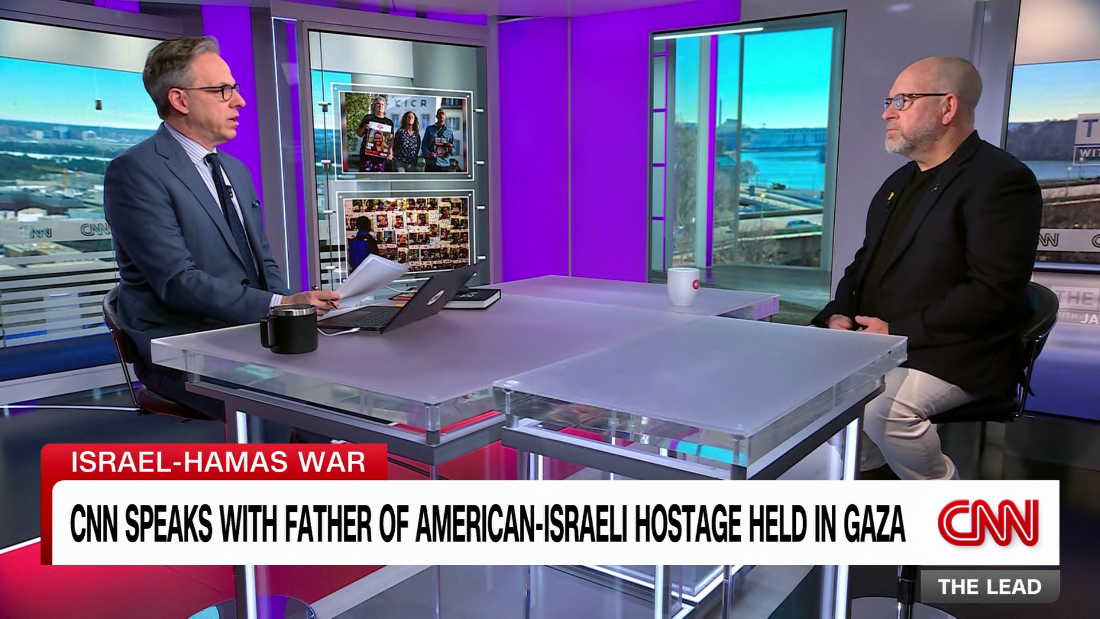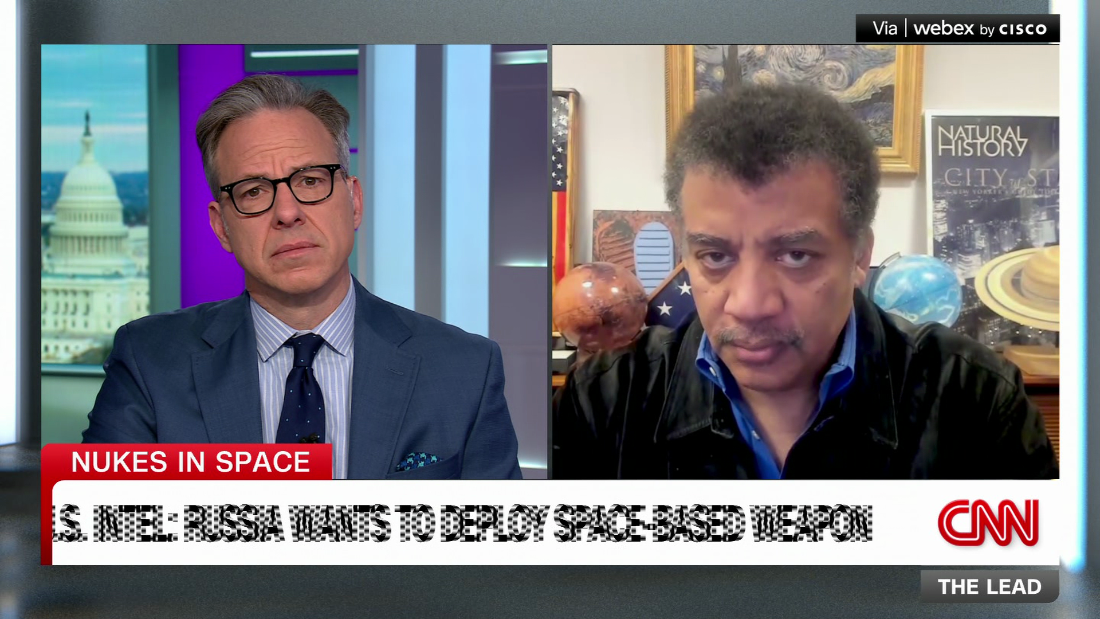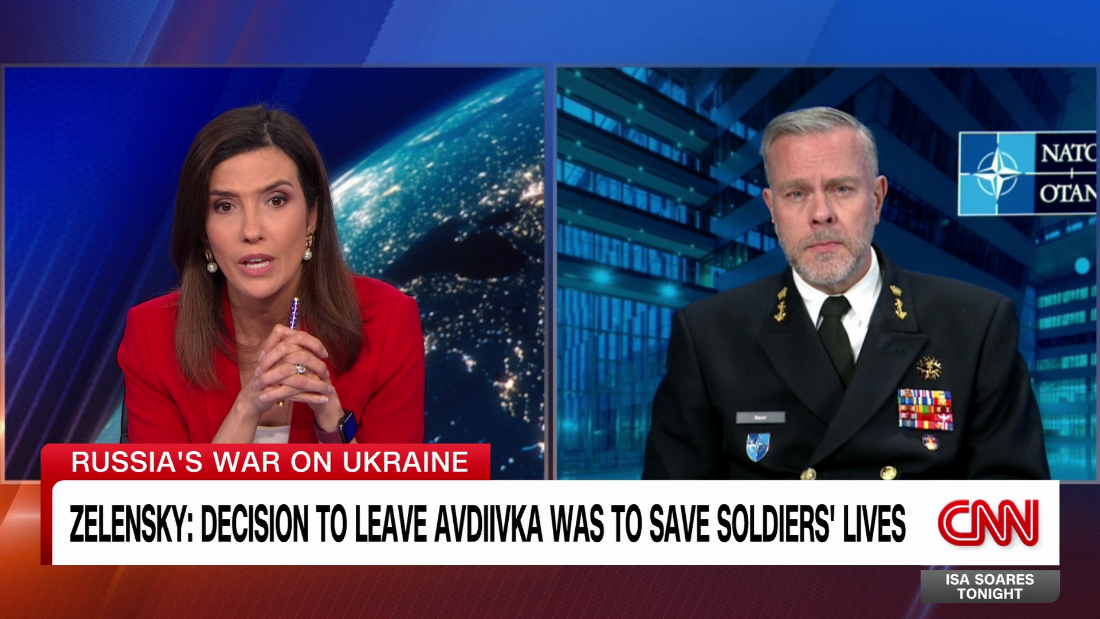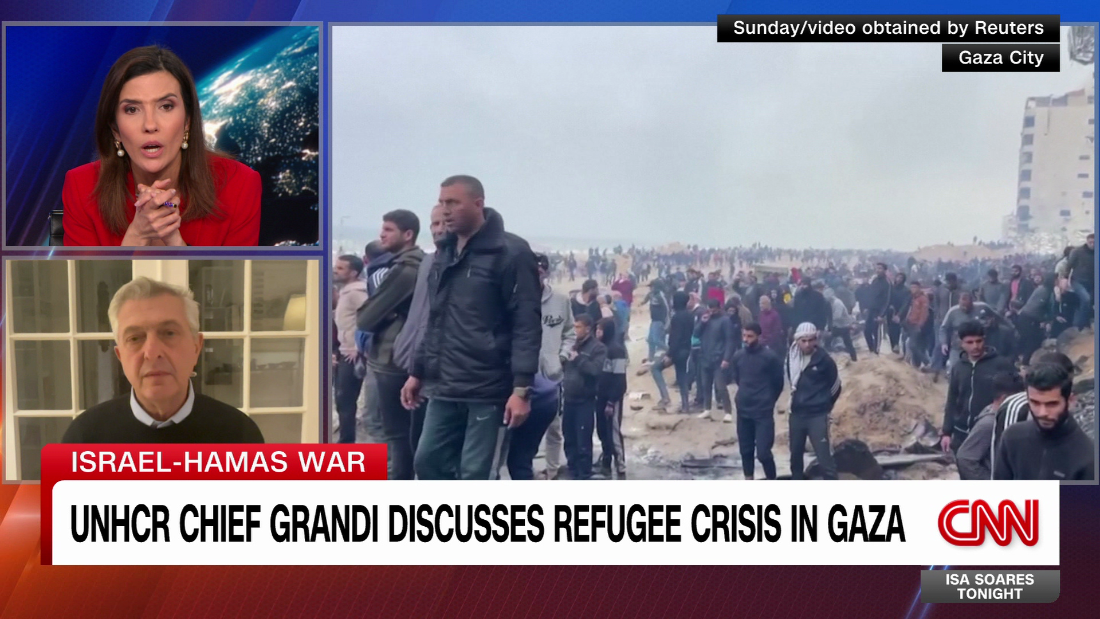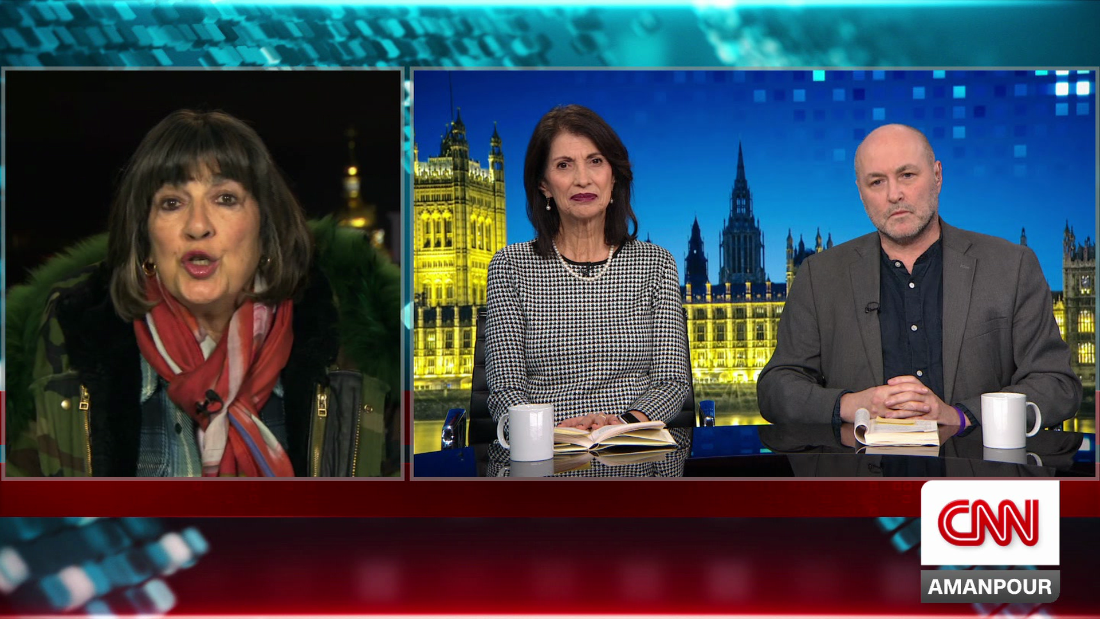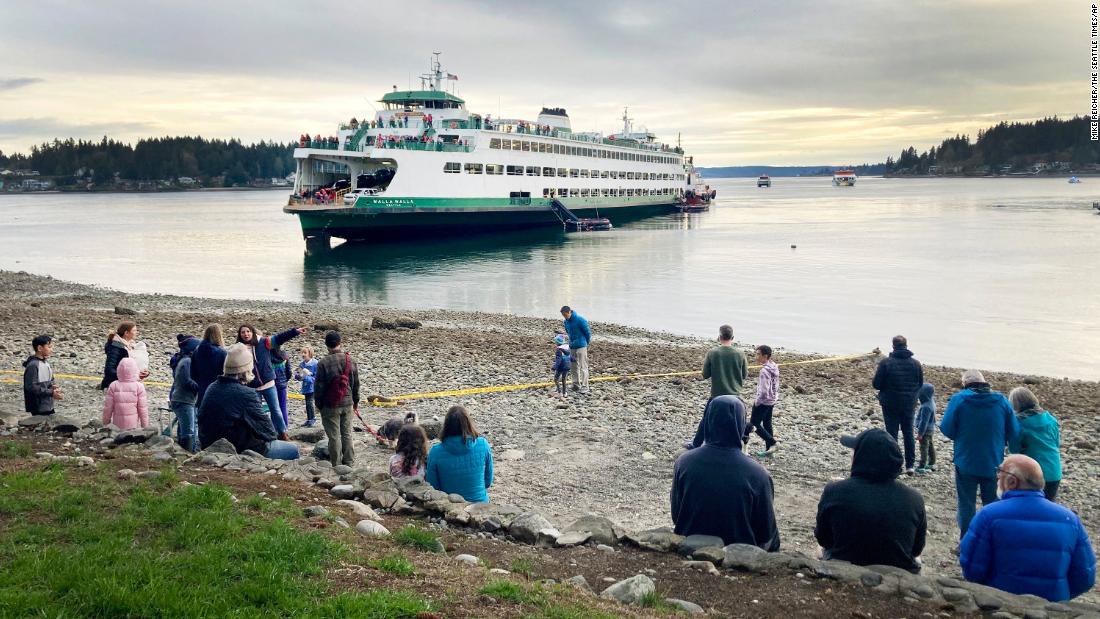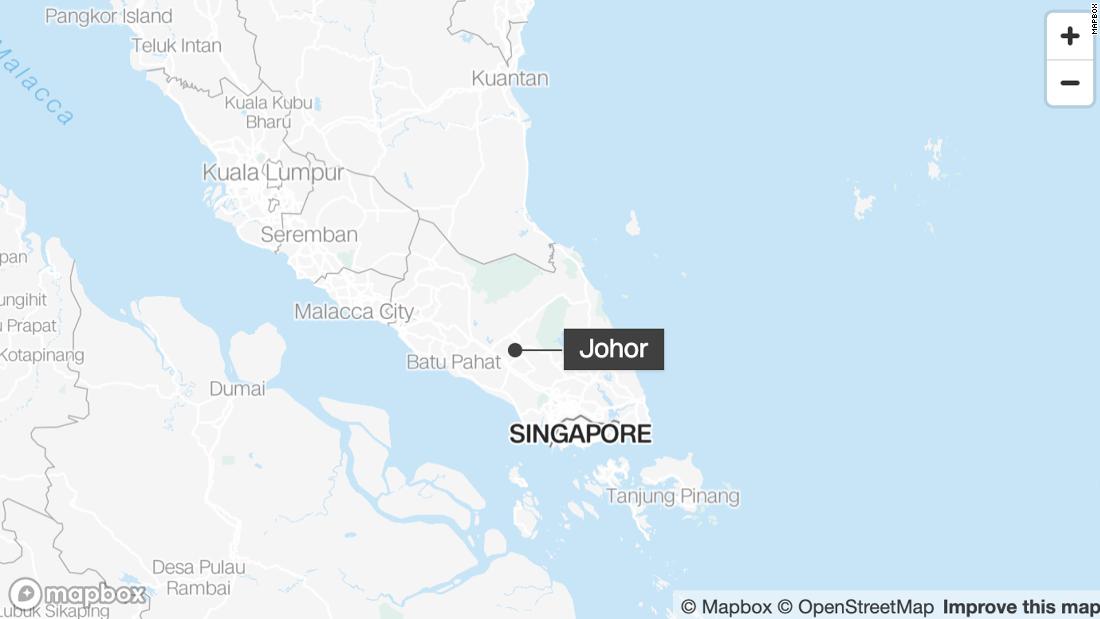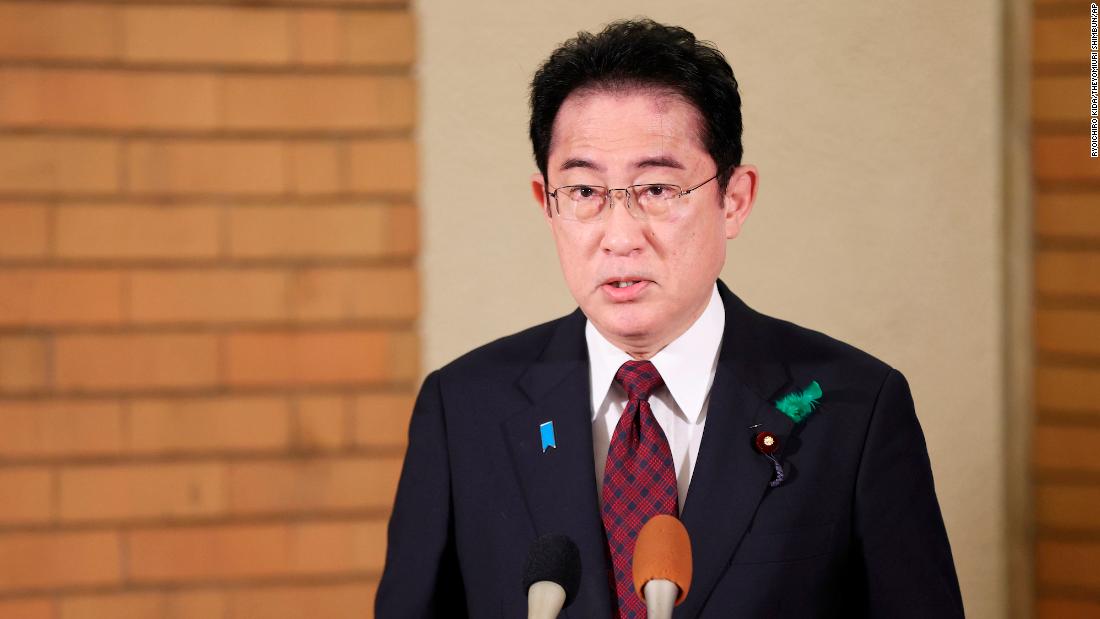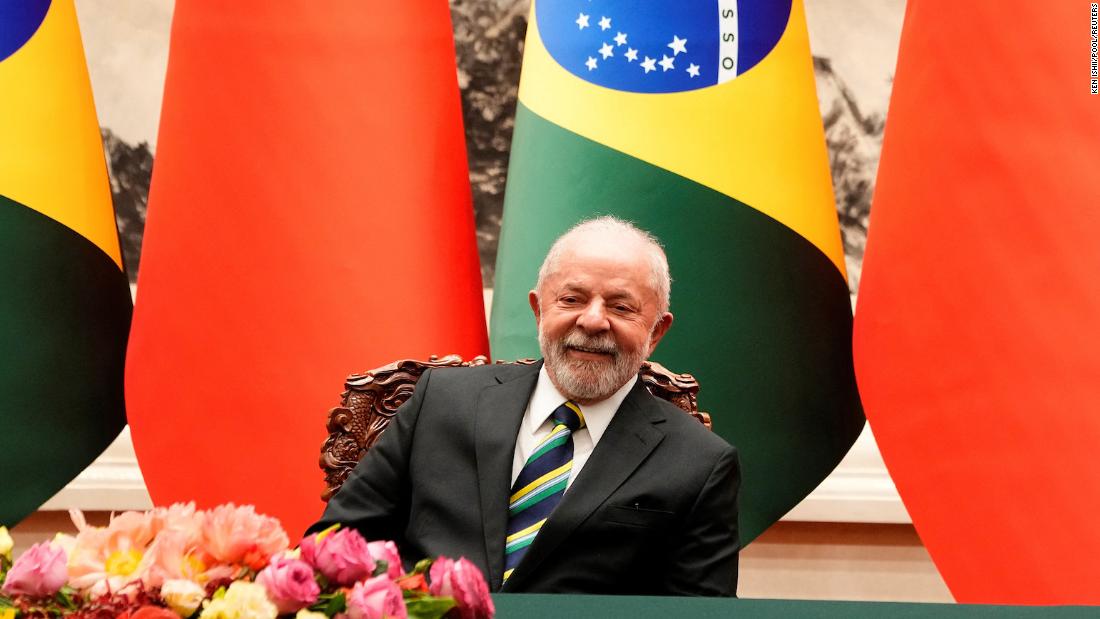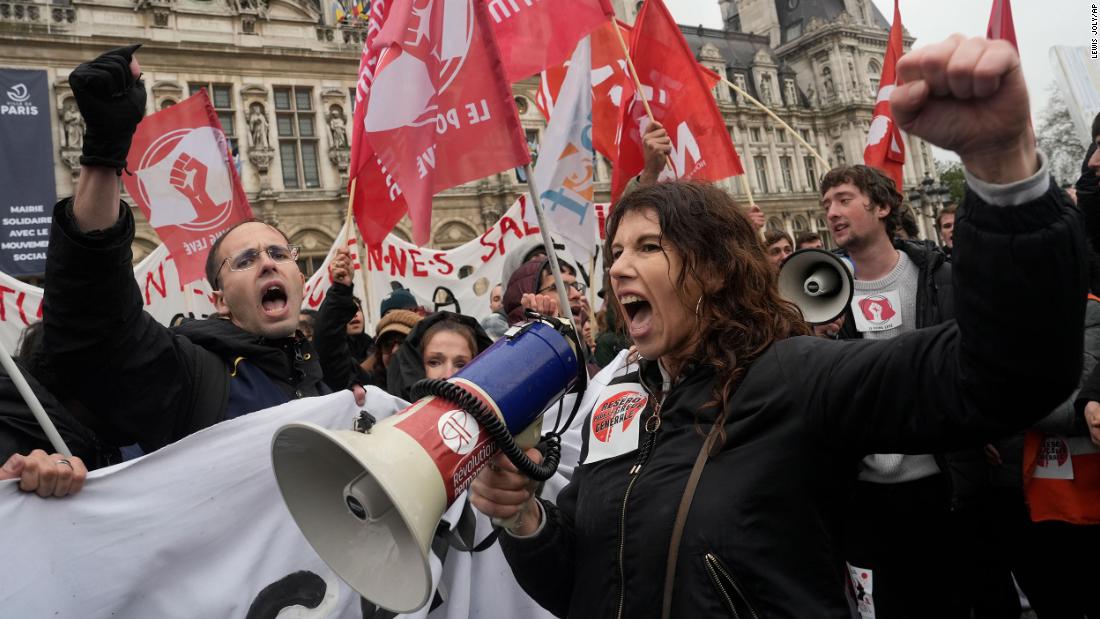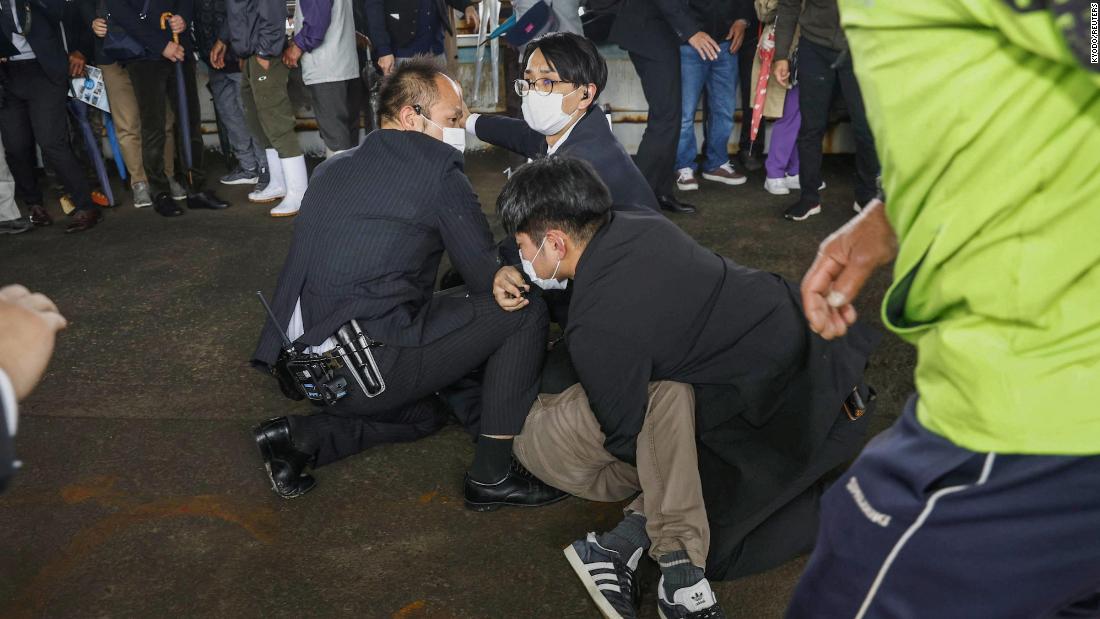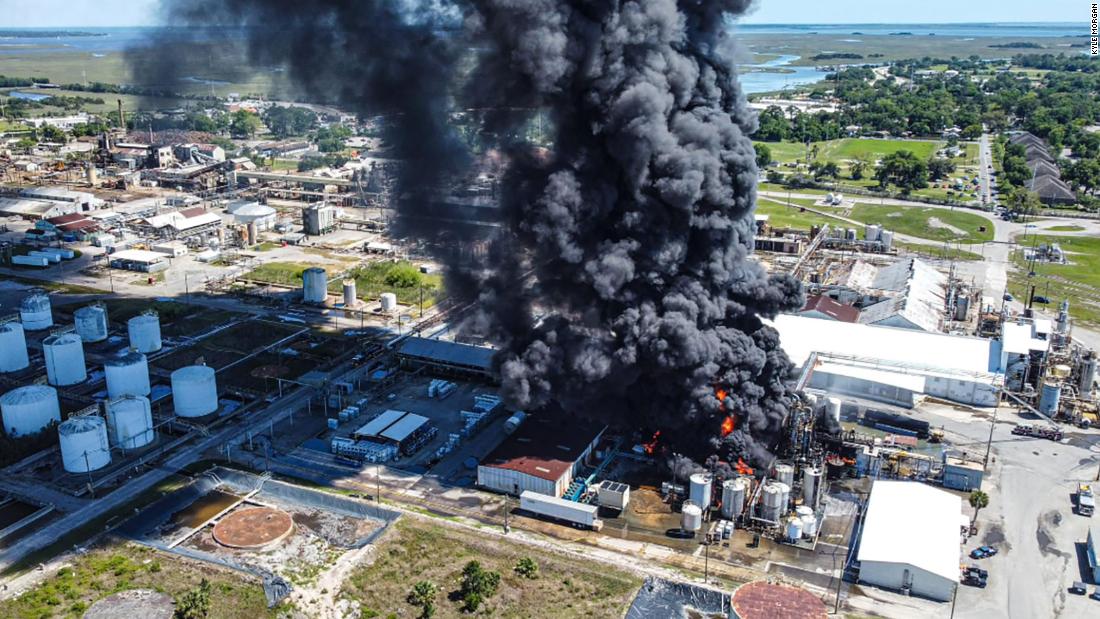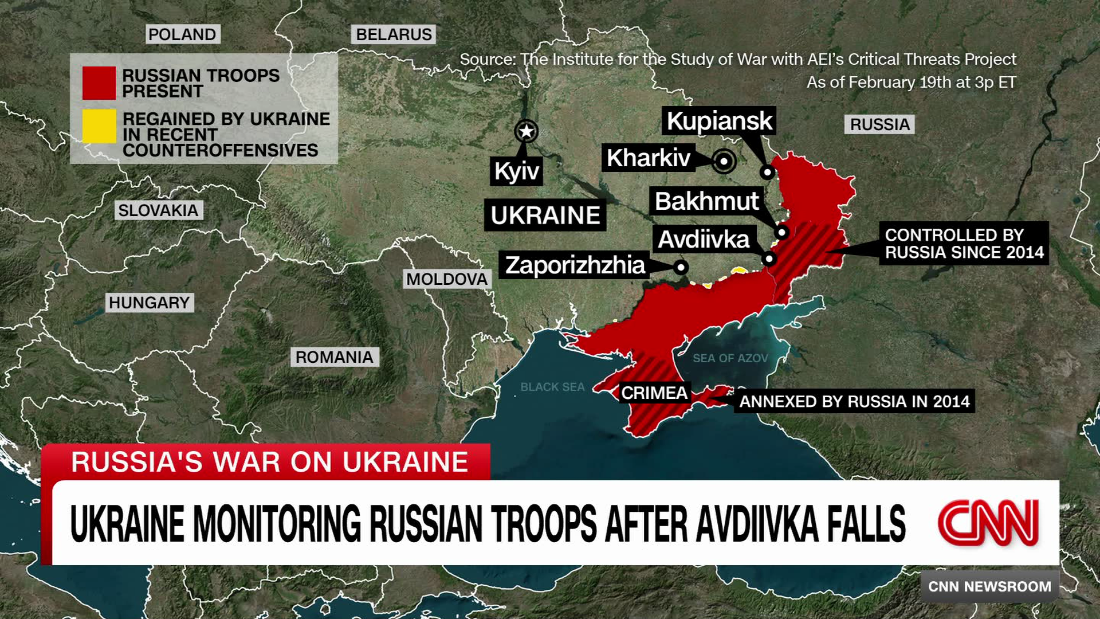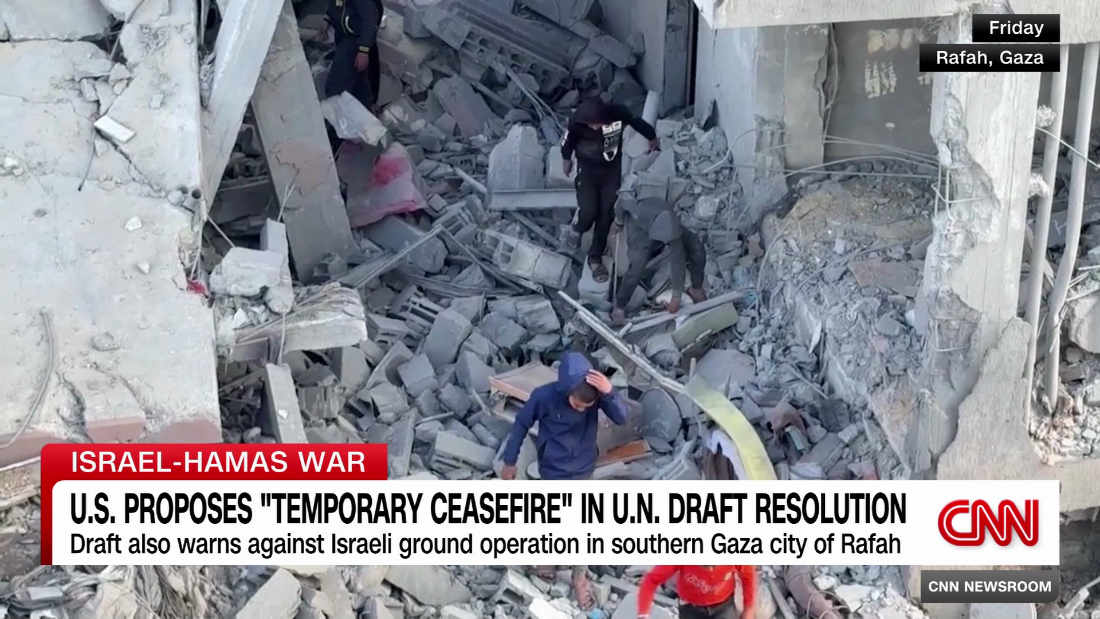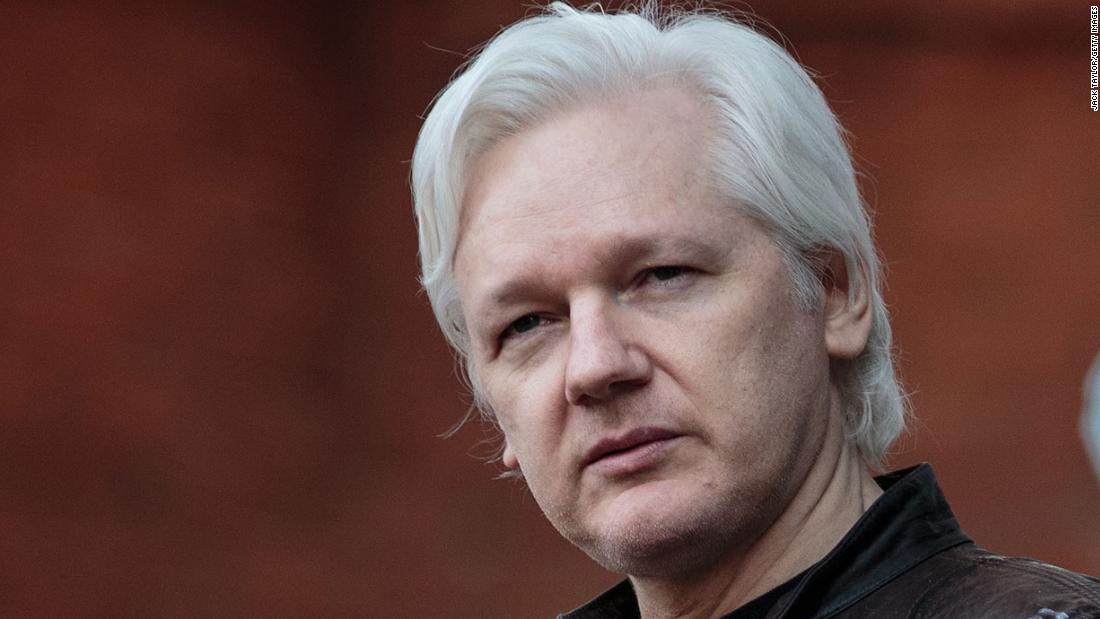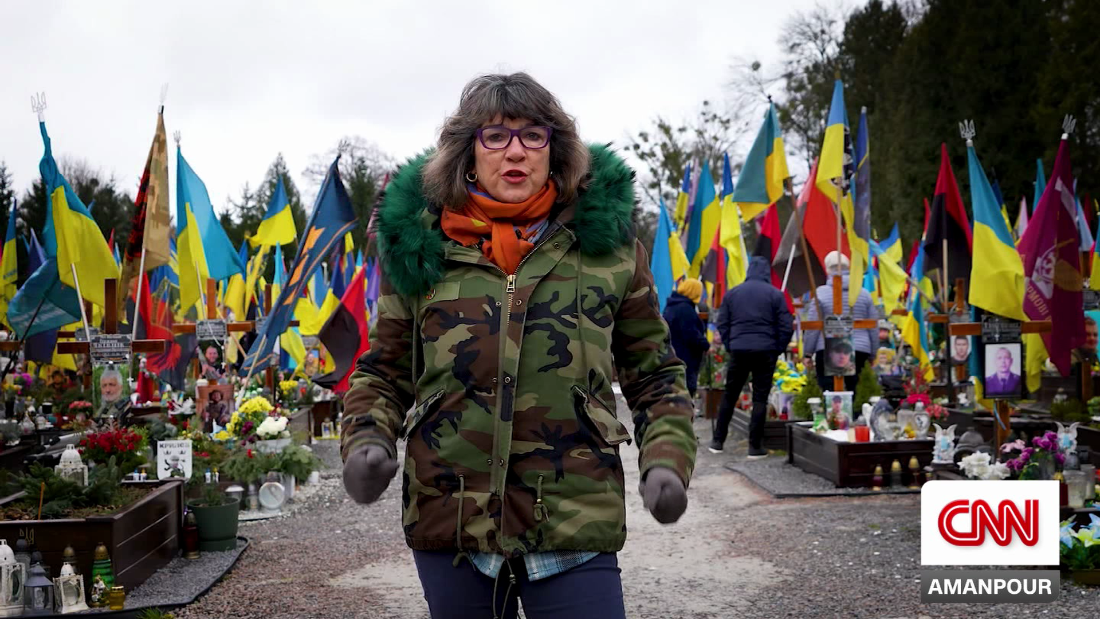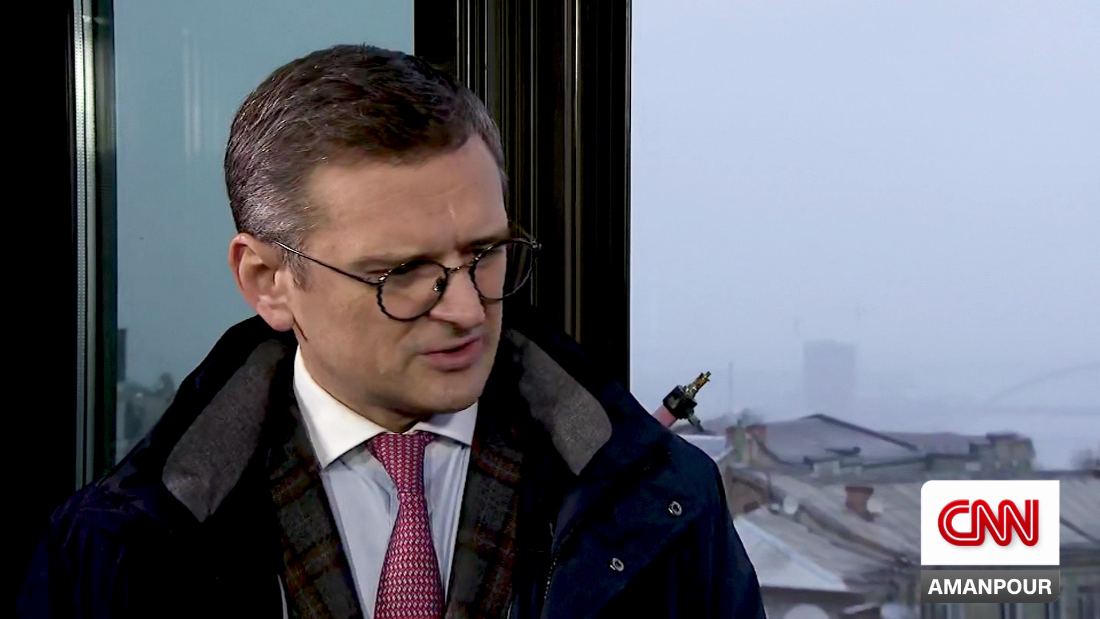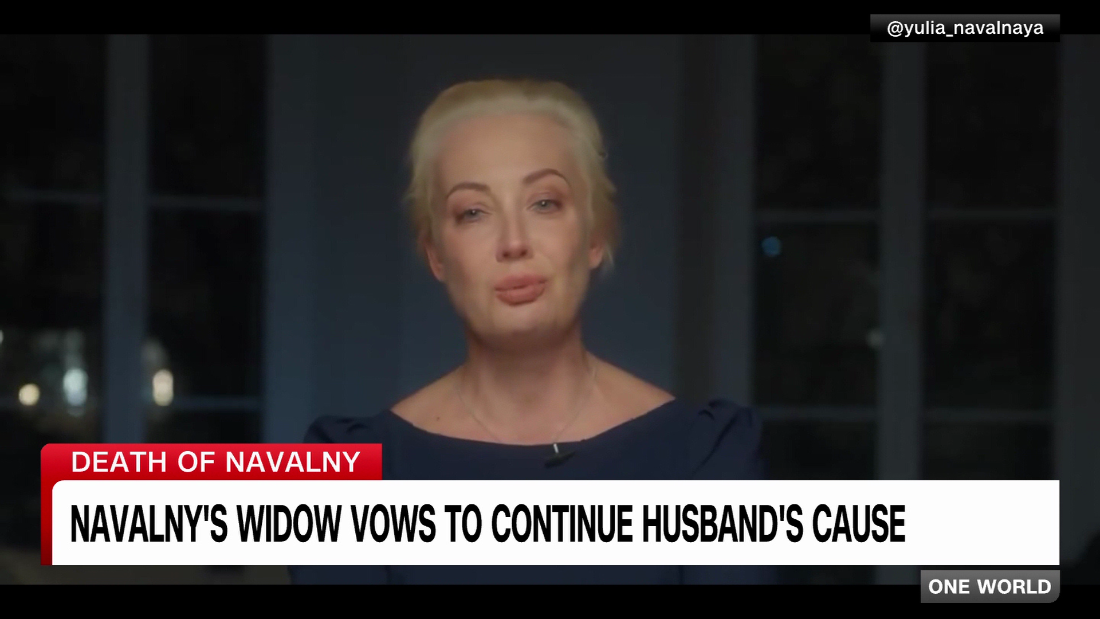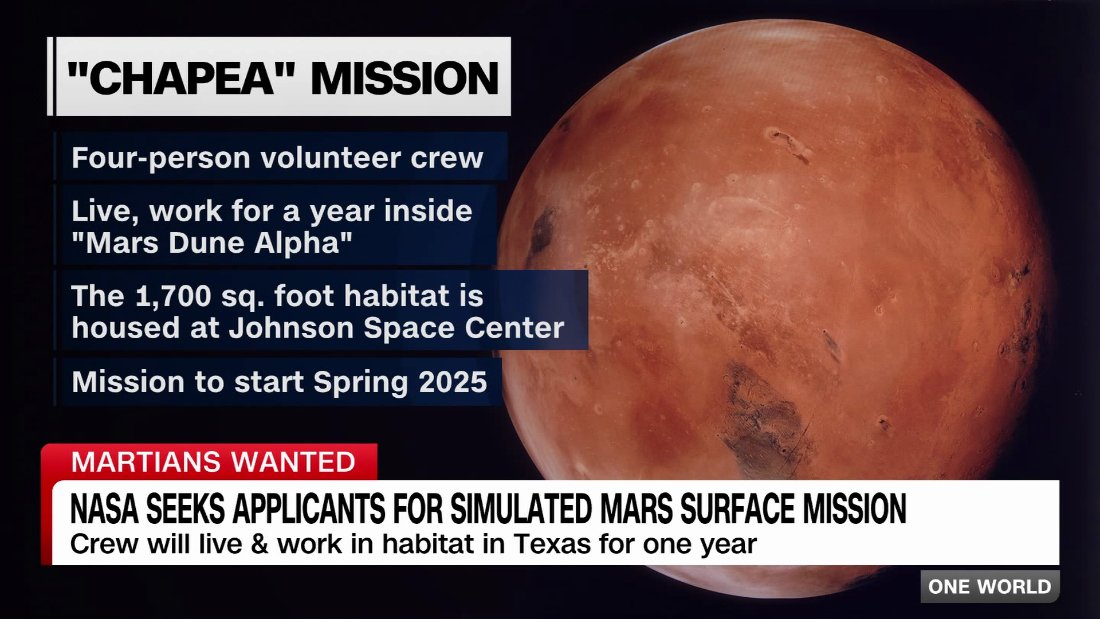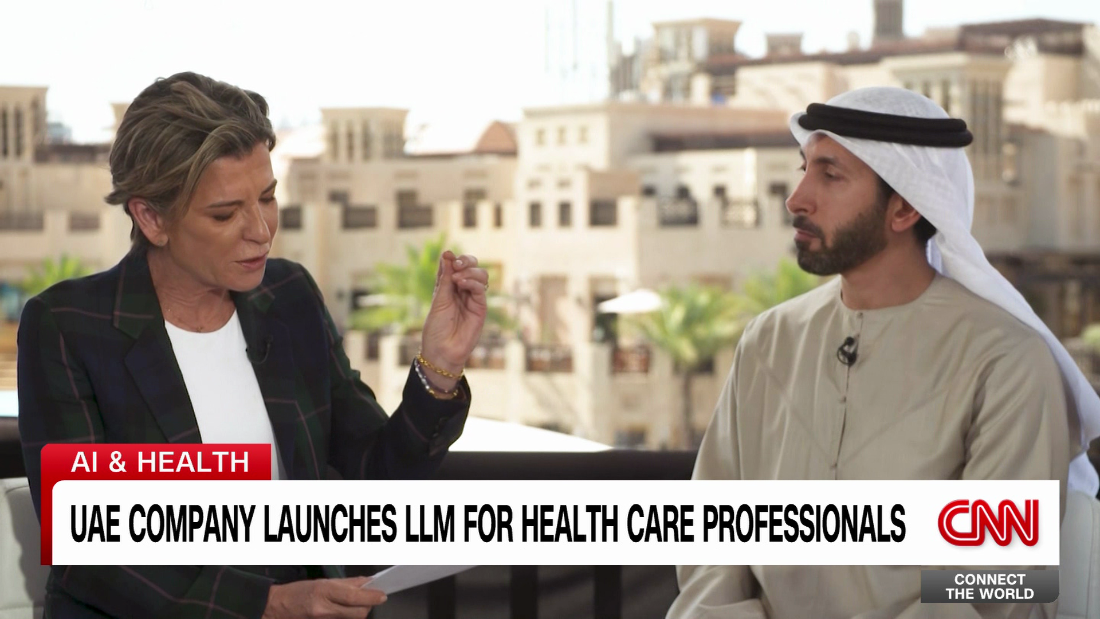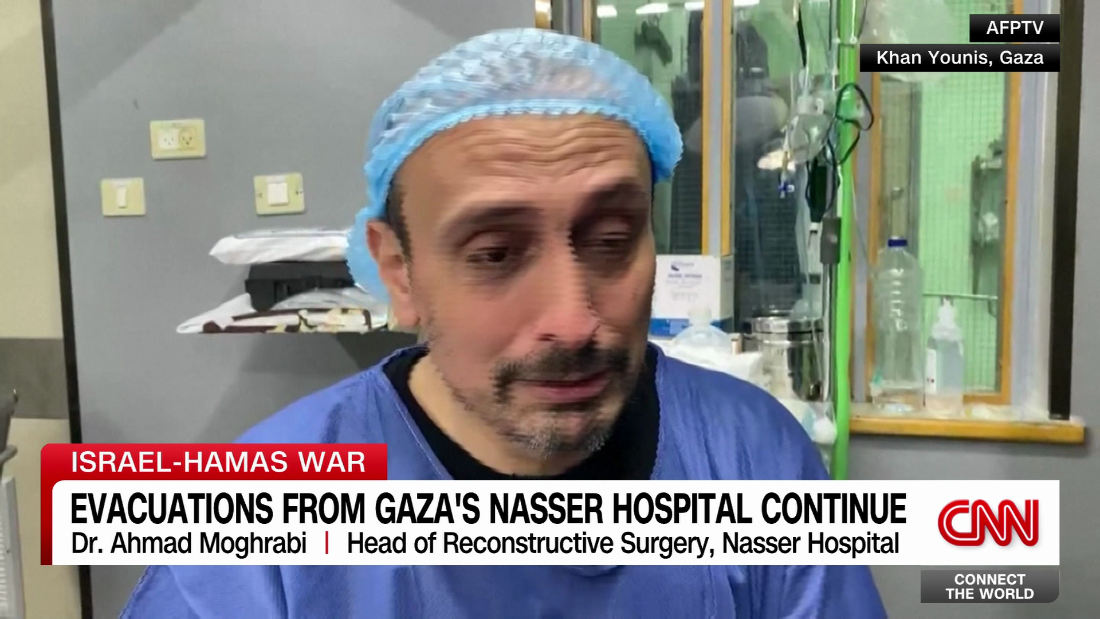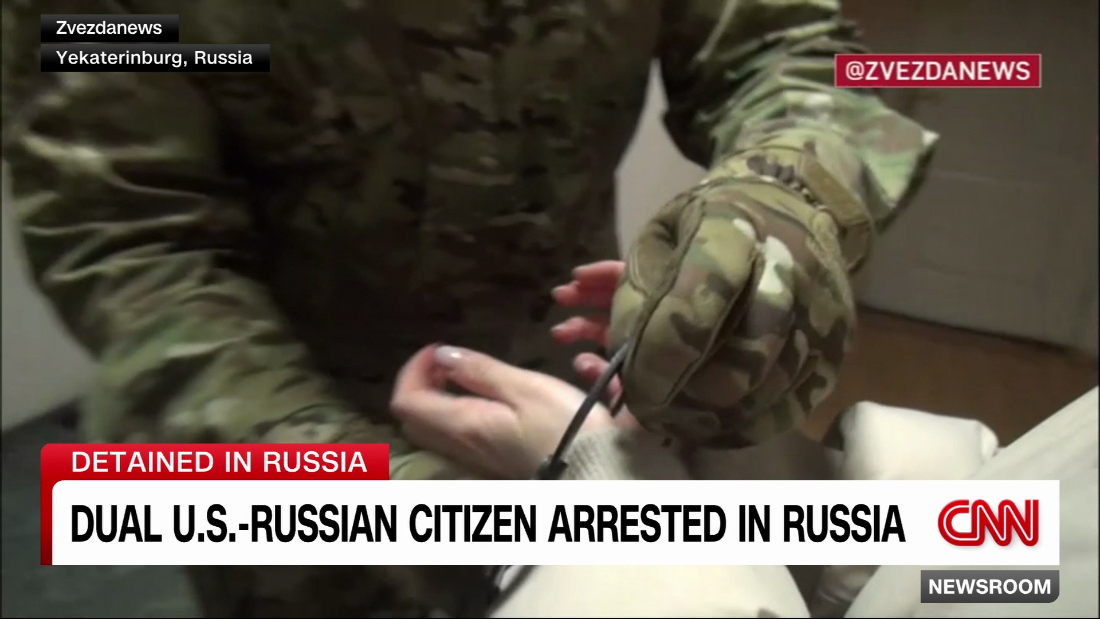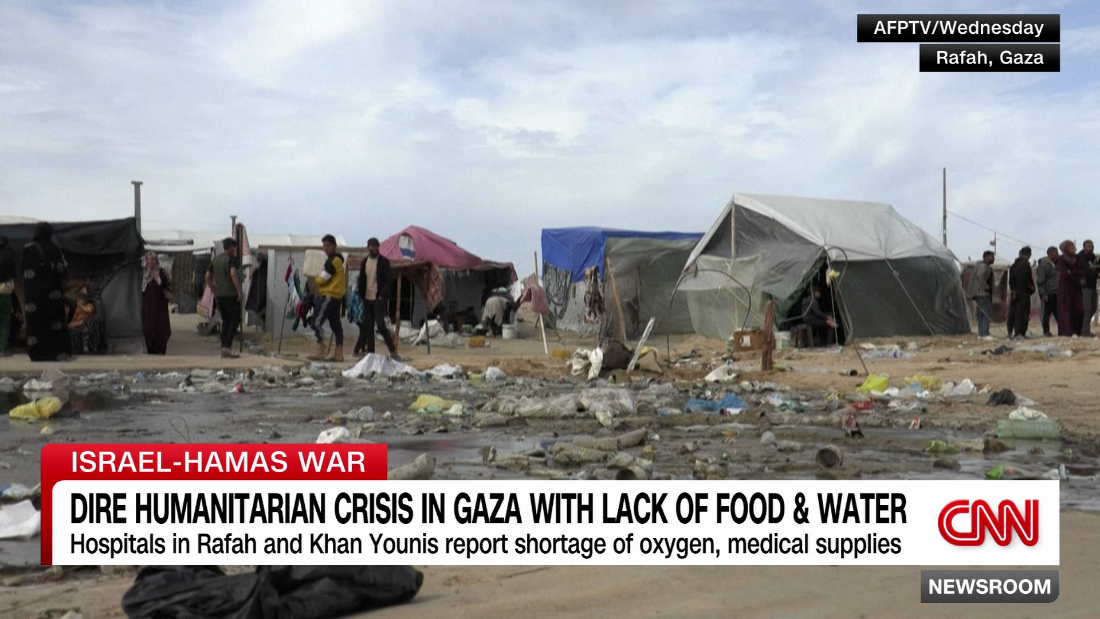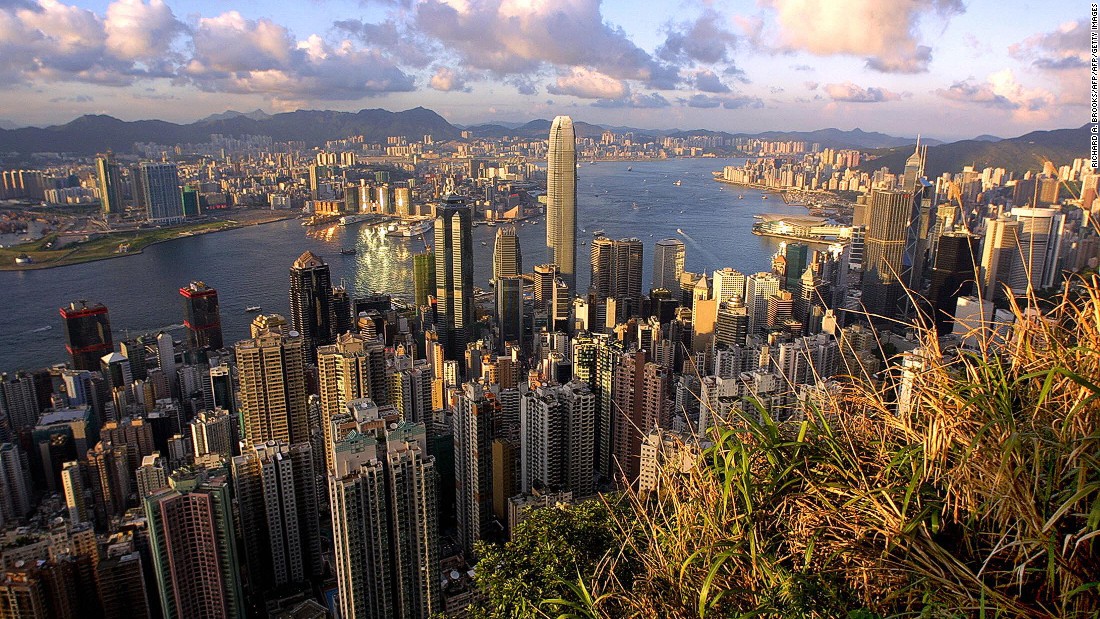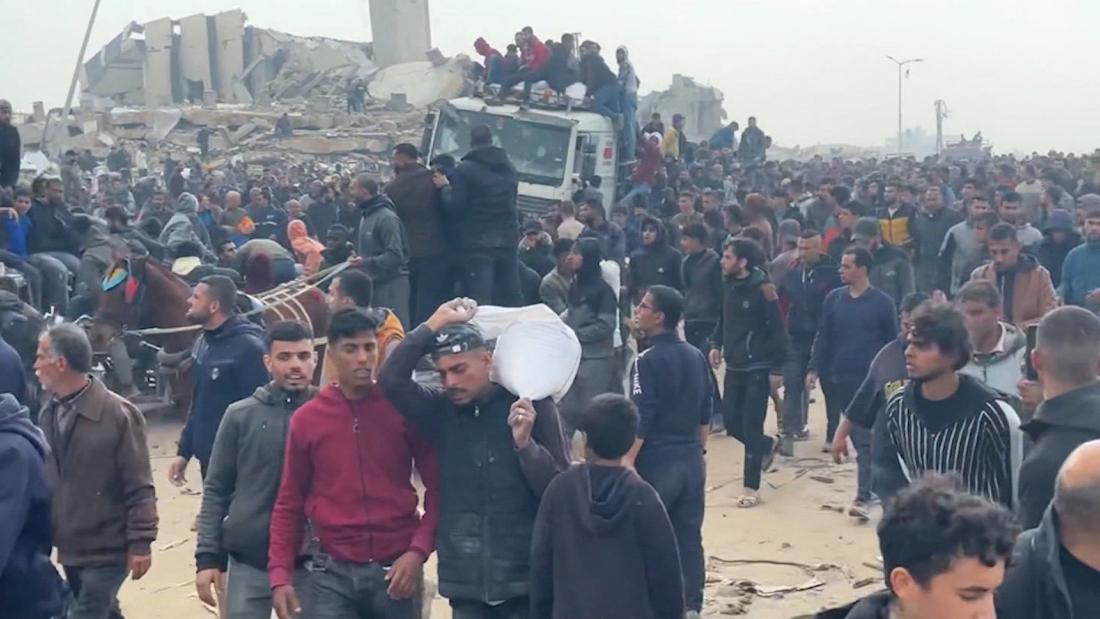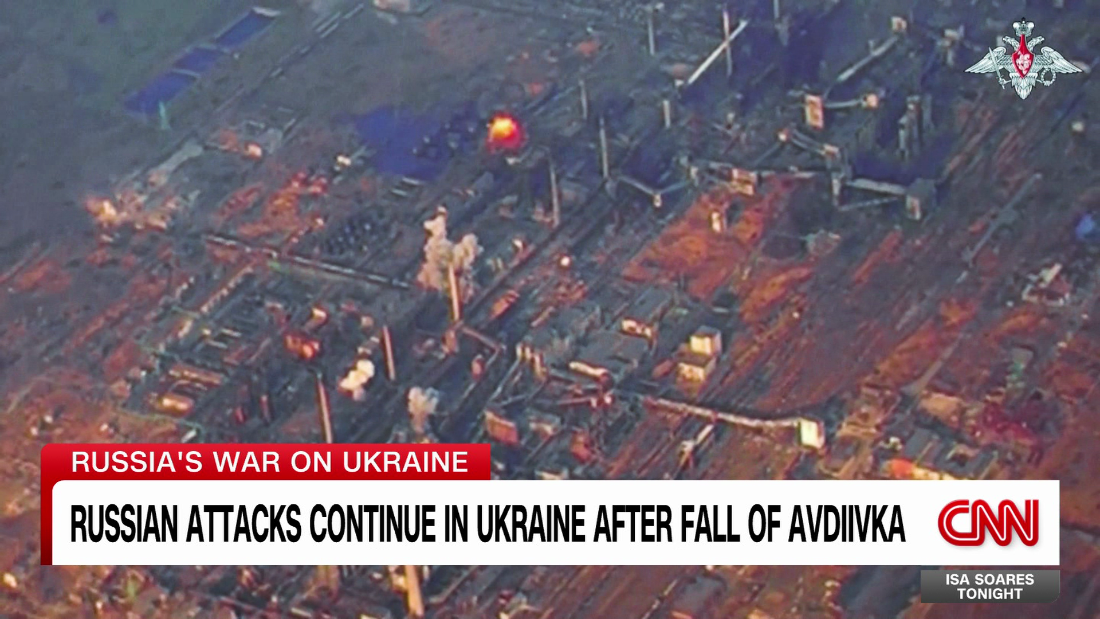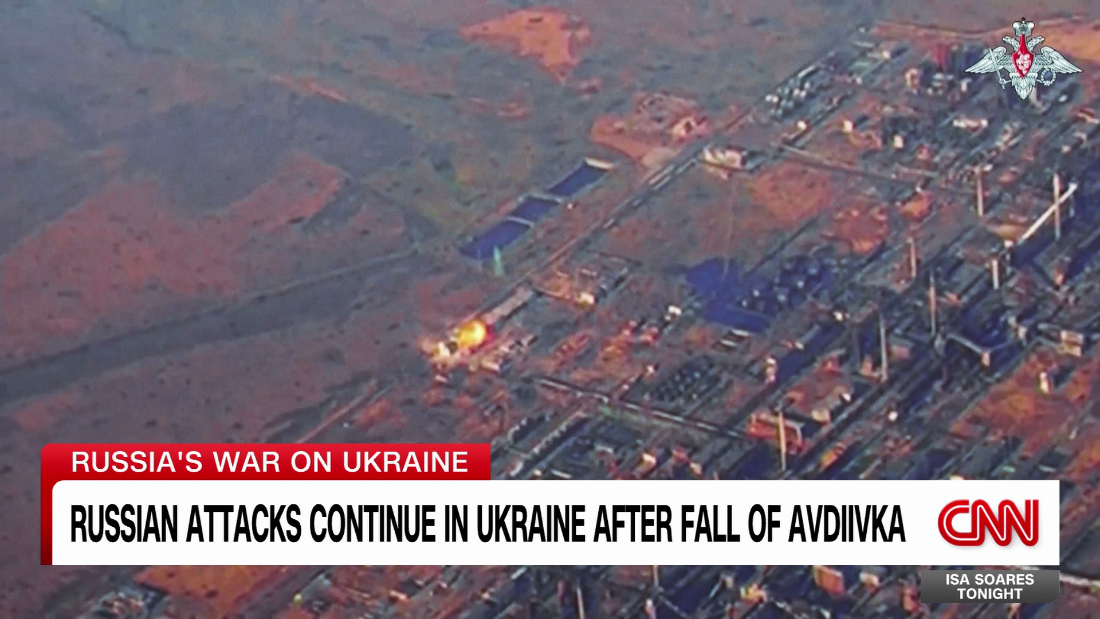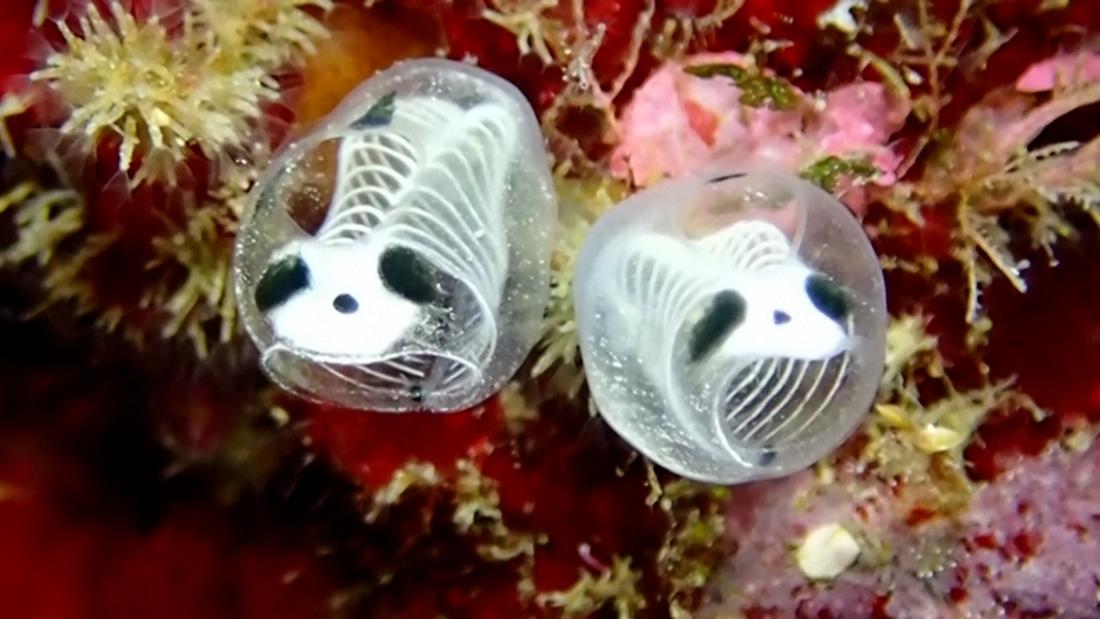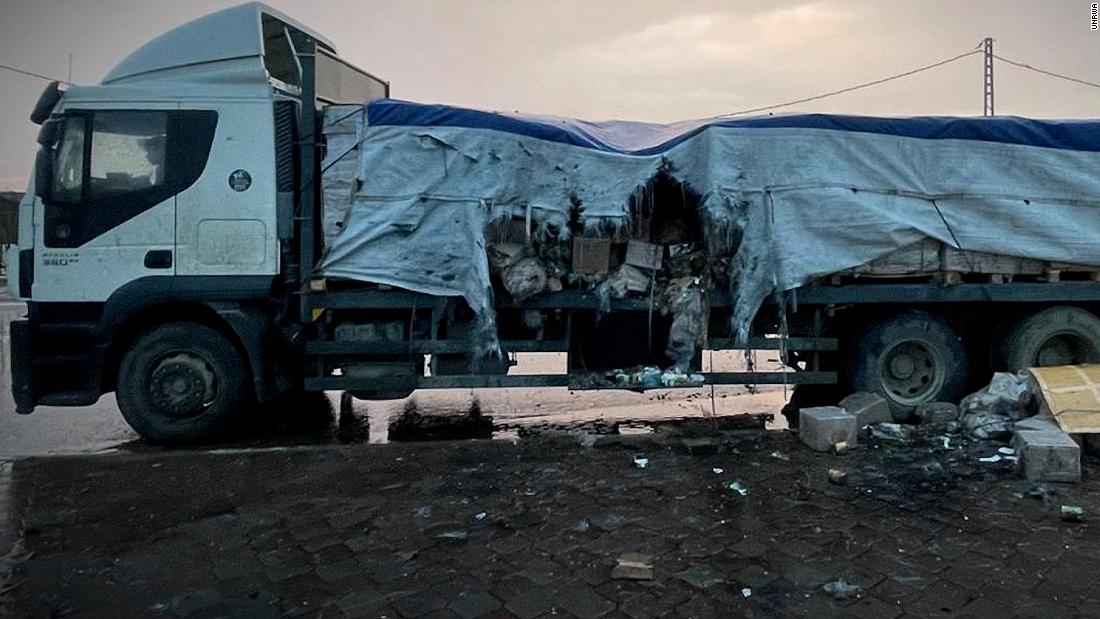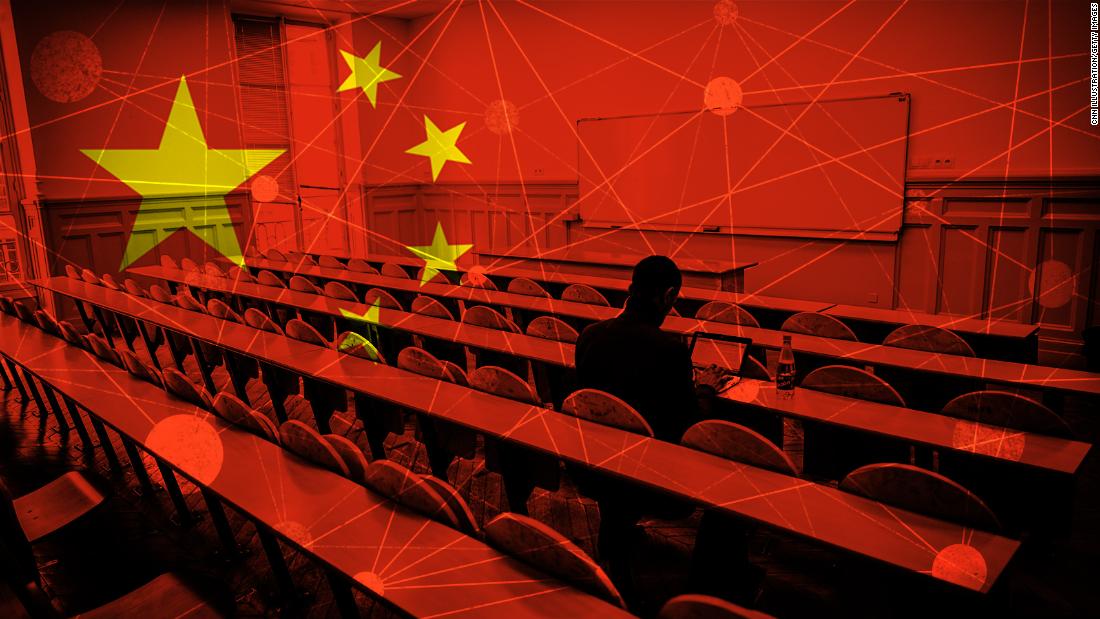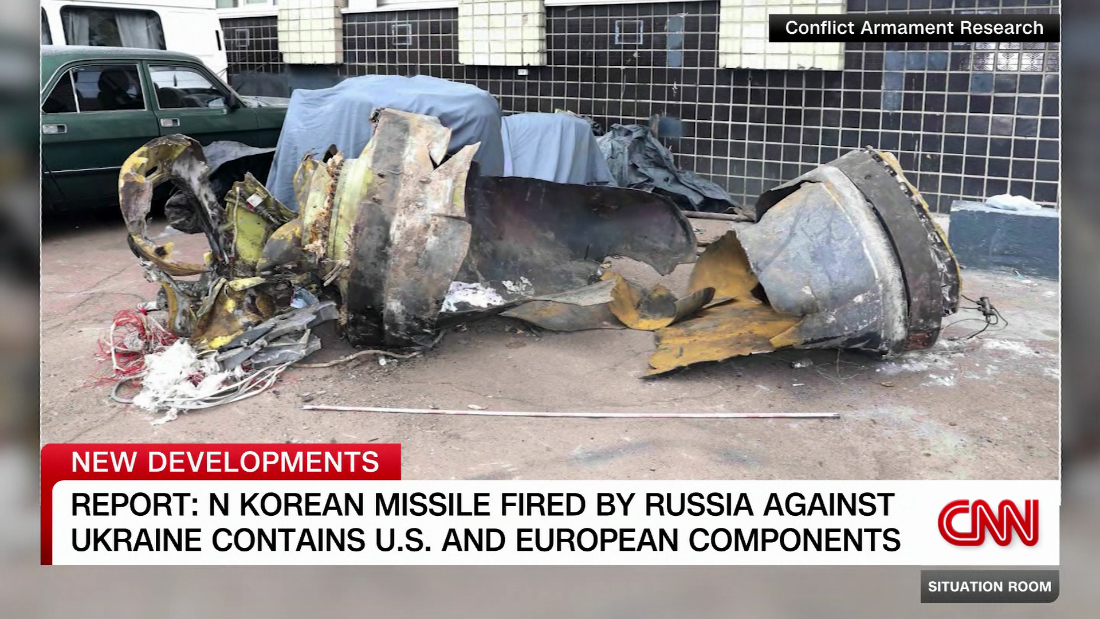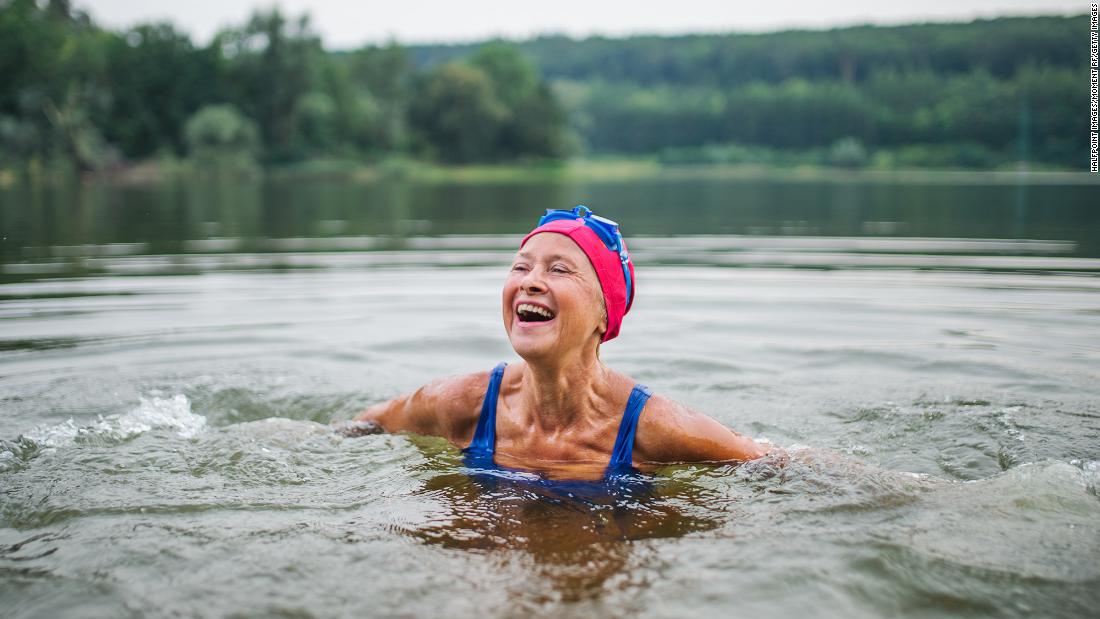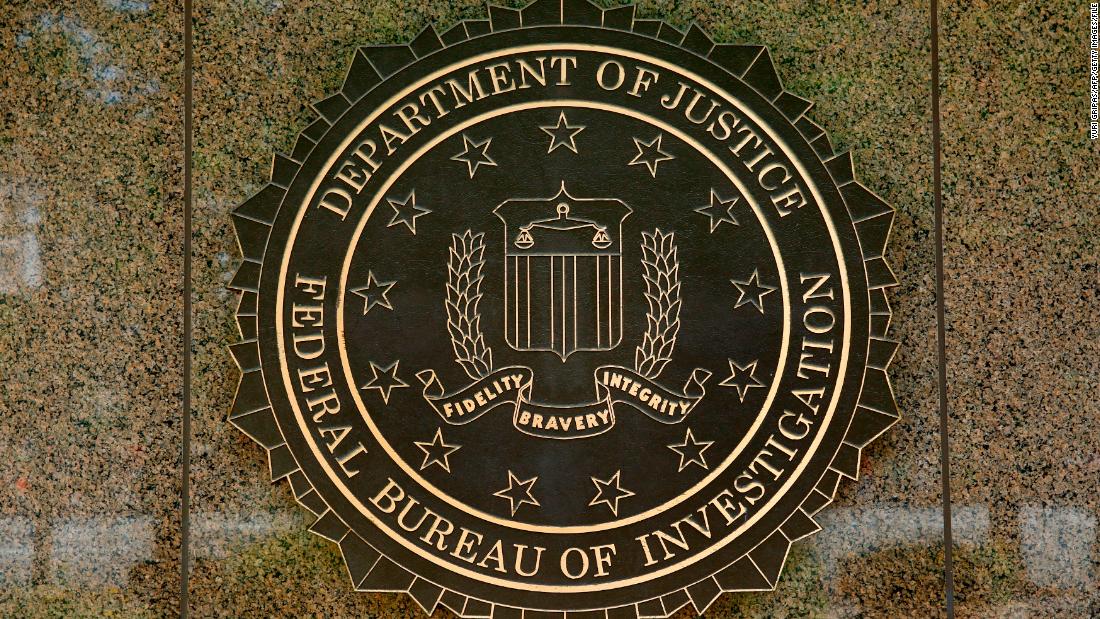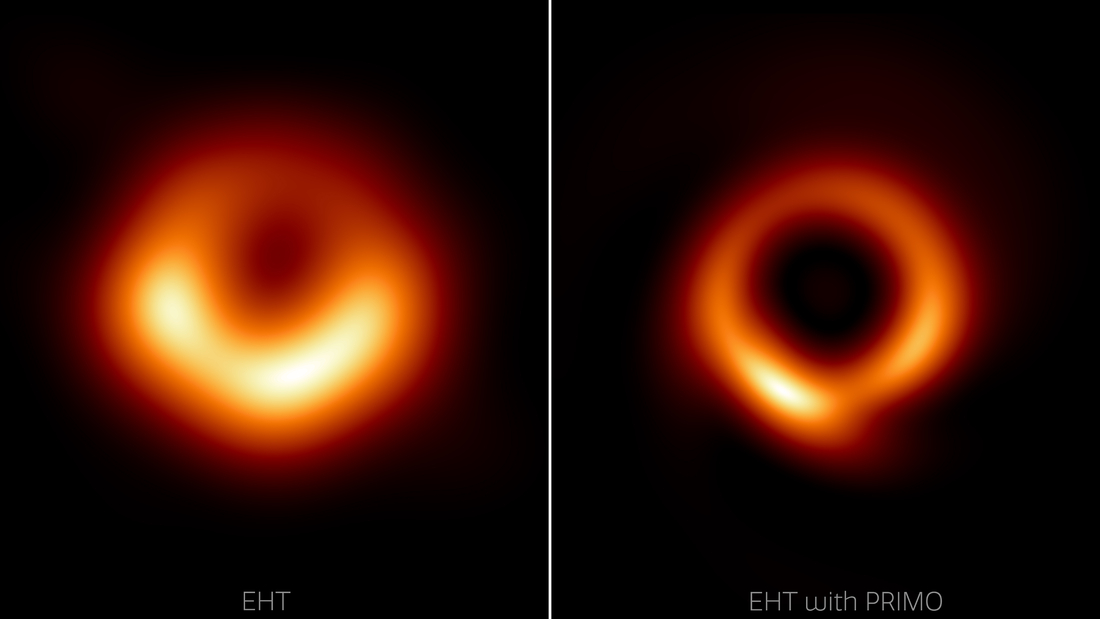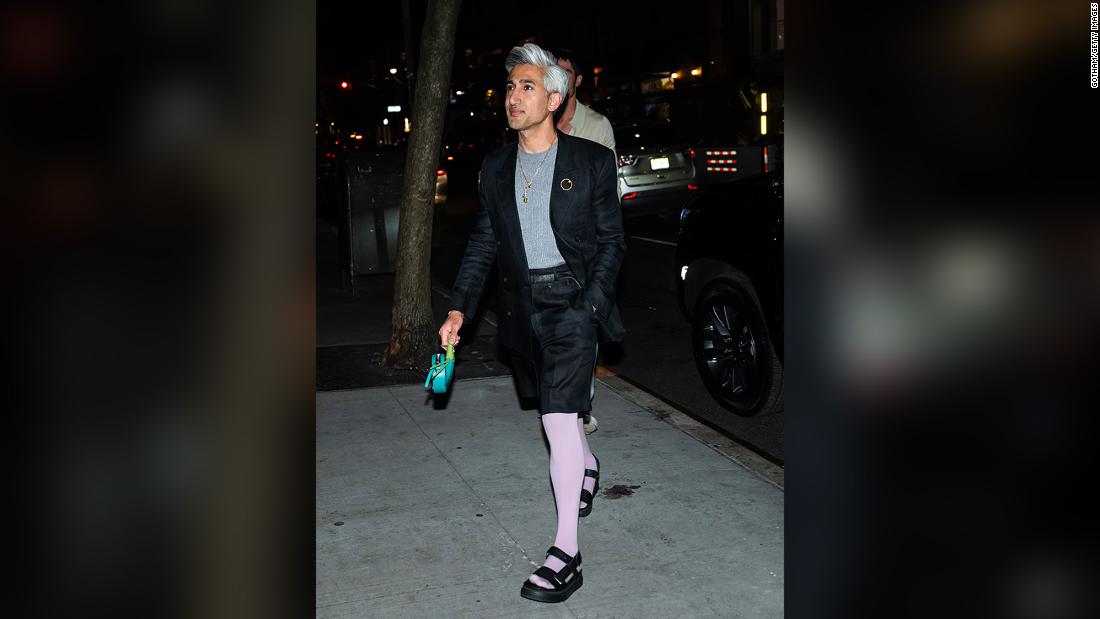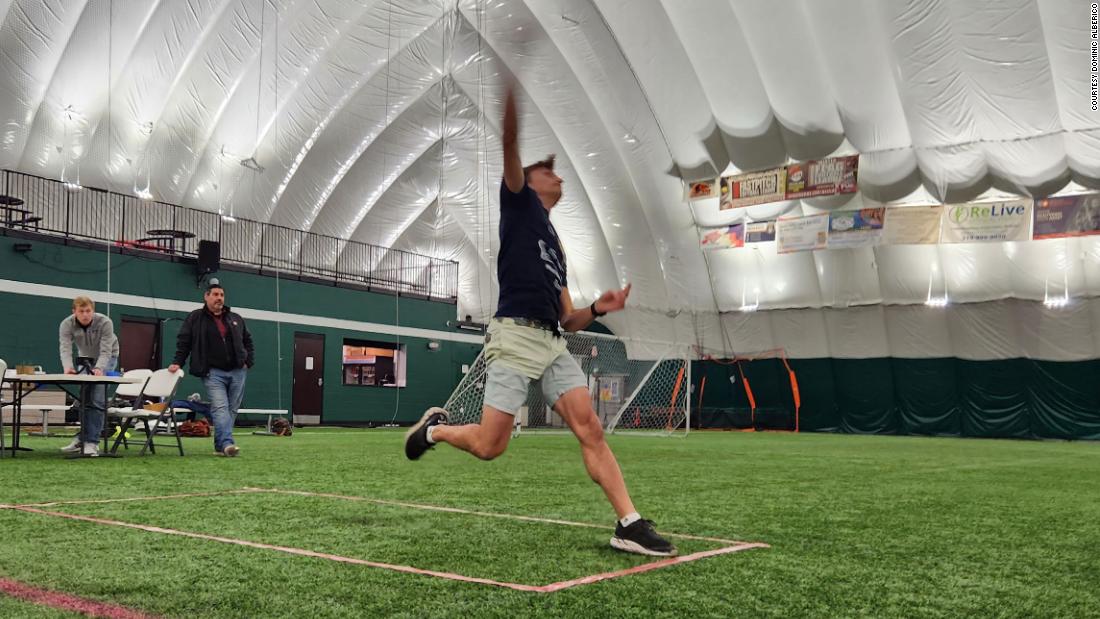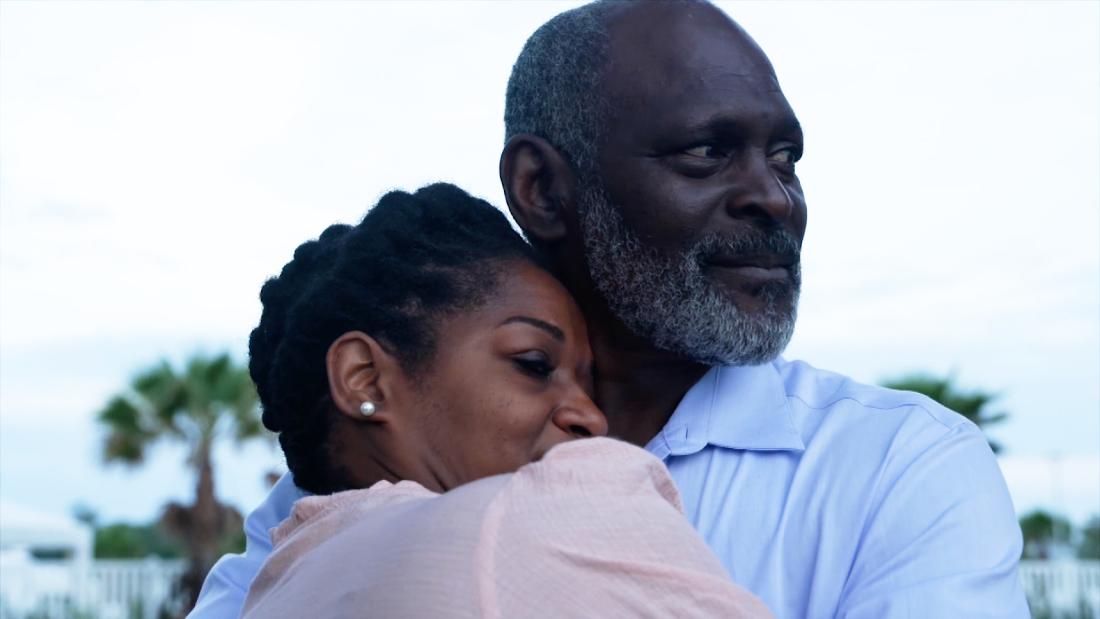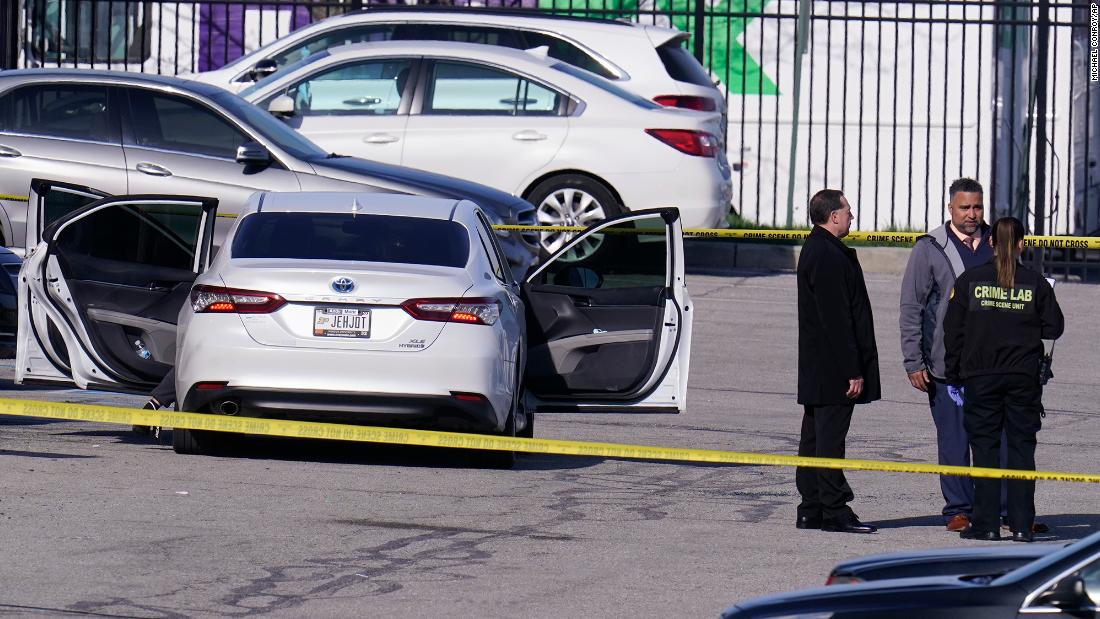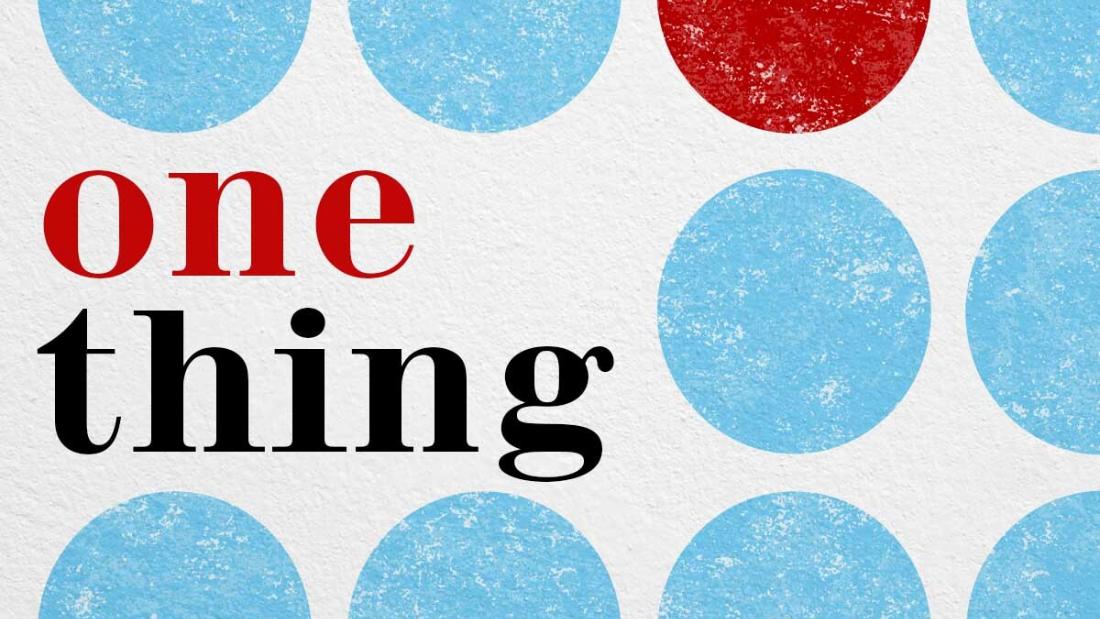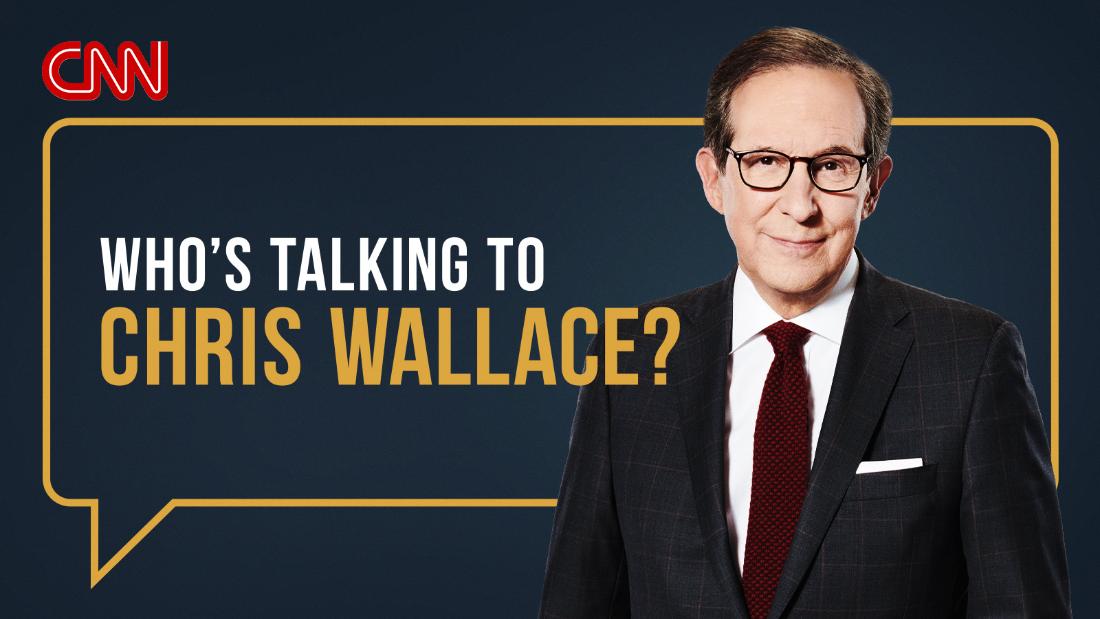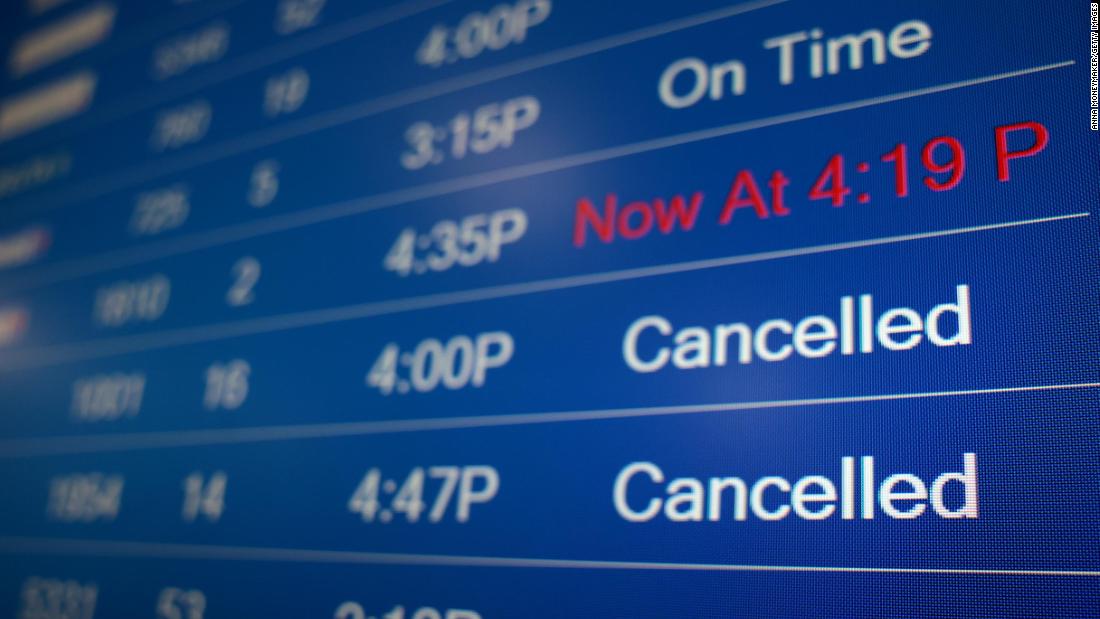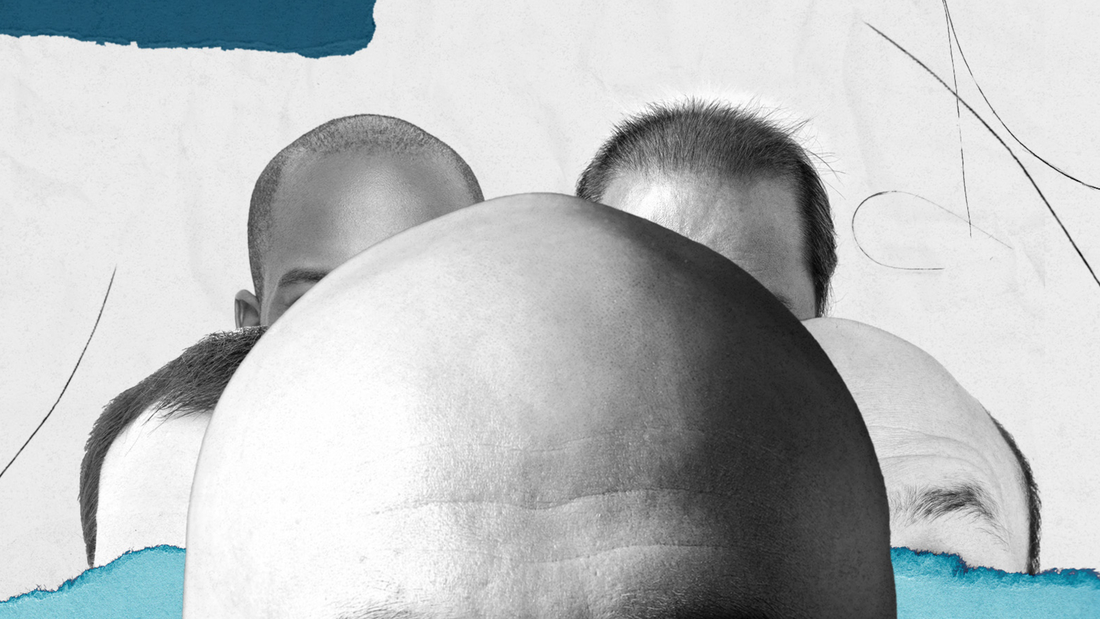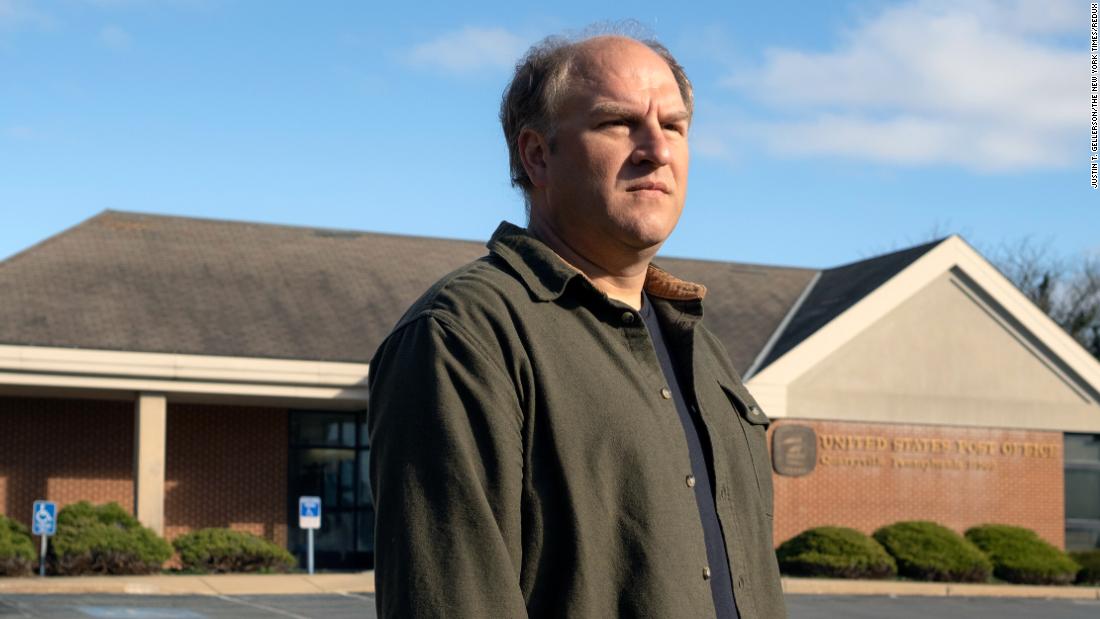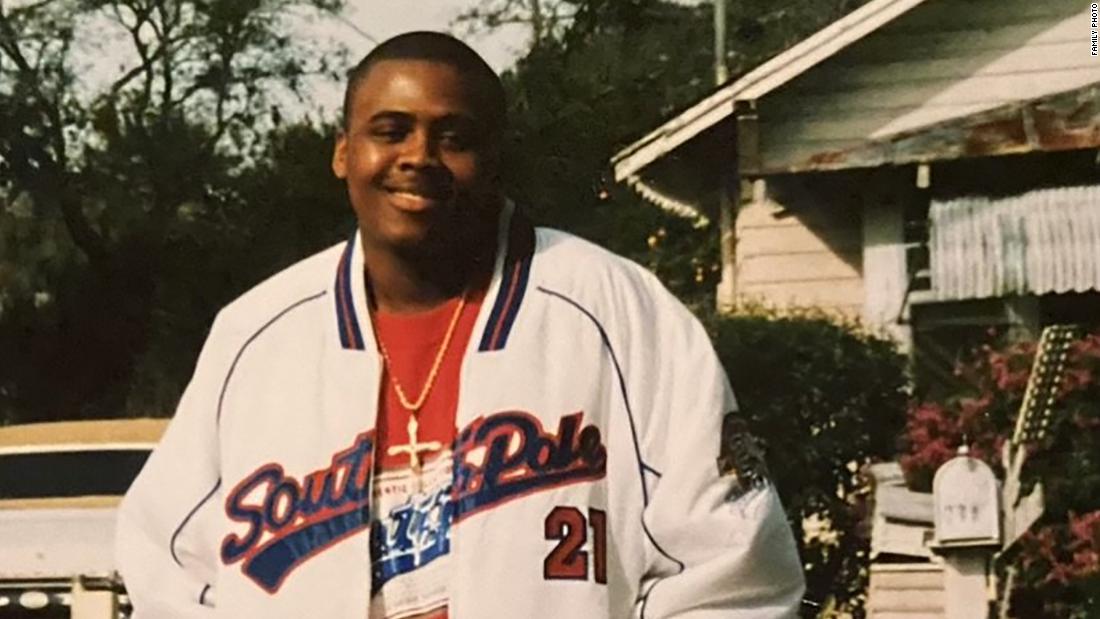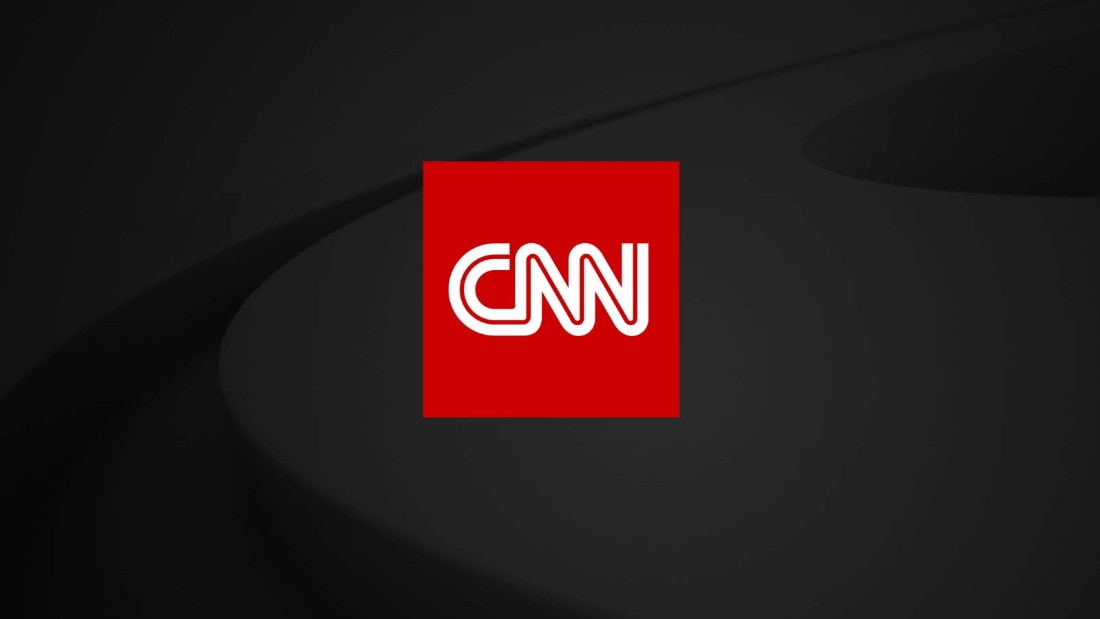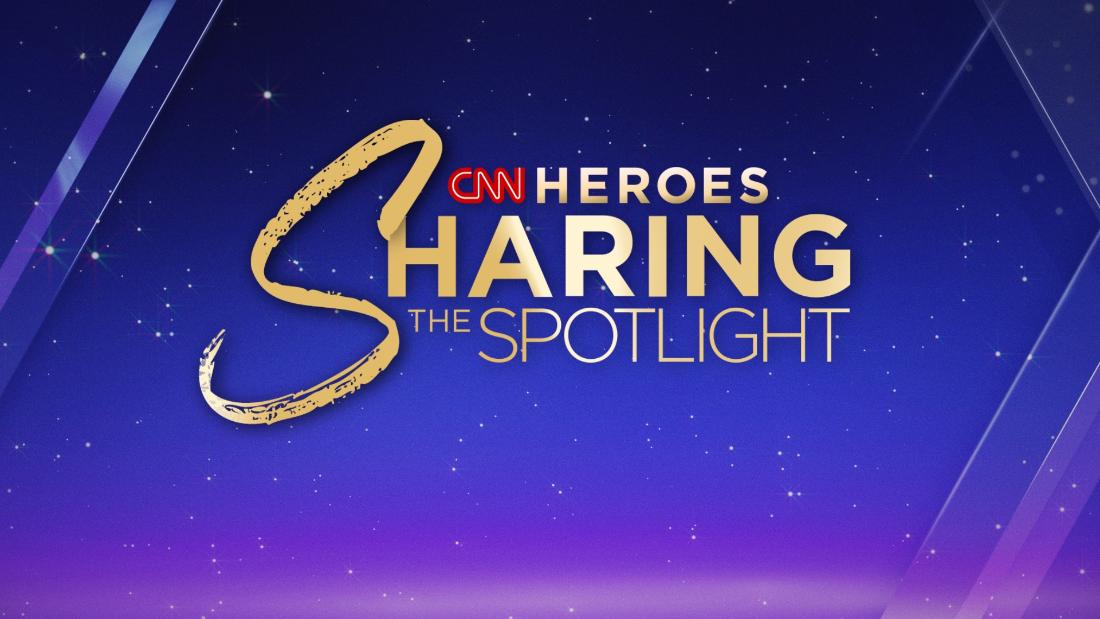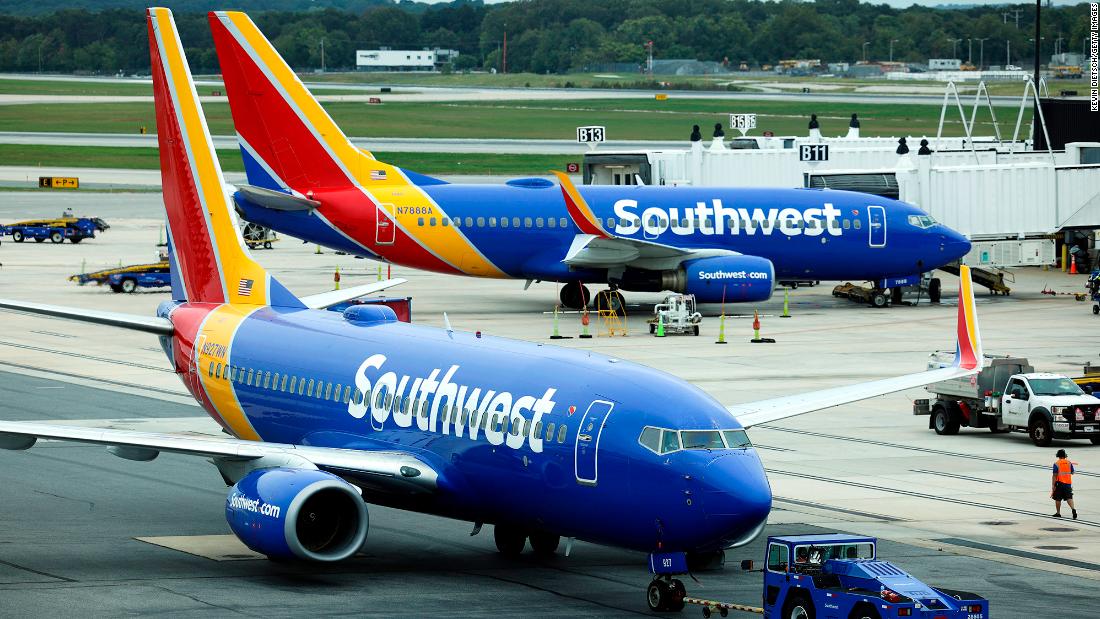ONCE famous for its diamonds and cobbled charm, this picturesque port city is now better known for something far more sinister.
Welcome to Europe’s cocaine capital, where gangland feuds erupt in drive-by shootings, children are caught in the crossfire, and the white powder trade is so booming it’s built a literal “cocaine-berg”.
AFPBelgian customs officers search for drugs in a container at Antwerp’s port[/caption]
AFPA Belgian Malinois dog of a customs K9 unit inspects crates[/caption]
Drug gangs have turned the city into a hotbed of violence
Antwerp, a North Sea city of 530,000, has become the main gateway for cocaine flooding into Europe.
In 2023 alone, Belgian authorities seized a staggering 116 tons of it – more than the entire haul of the United States.
The drugs pour in from Panama, Colombia, and Peru, stashed inside bananas, pineapples, hollowed-out beams and even fake fruit – but only 2 per cent of the port’s seven million containers are scanned.
And as narco gangs battle for supremacy, their bitter feuds have spilled out on to the streets, with terrified residents running for cover at the sound of grenade explosions and even cafes hit by bombings.
No one is safe from the bloodshed, with drug-related violence reaching a record high last year, and even top government officials forced into hiding.
One man who knows this terror all too well is war photographer Dr Teun Voeten, who tells The Sun how a grenade “exploded on my street [while] I was sleeping”.
Such attacks in certain areas of the city have become so common that a snack was even invented called “Antwerp grenades”, as people were “getting a little bit used to” the explosions.
Dr Voeten explains: “You have a lot of these small-time attacks in Antwerp.
“We have a lot of symbolic violence – so people put a hand grenade on someone’s door, they shoot at someone’s house, they make self-improvised explosive devices.
“But this is basically a sign or a warning of ‘listen, you did something wrong, and we know where you live’ or ‘don’t f*** with us.’”
Dr Voeten, an author of multiple books on Belgium’s drug scene, says it is clear just how much cocaine is entering Antwerp solely from the kilo price.
He said: “Obviously a lot of cocaine is still coming in because the kilo price has been dropping steadily.
“Kilo price used to be €25,000 – right now it’s dropped to €15,000 – which means there is a whole lot of cocaine flooding in which is not intercepted.”
The scale is jaw-dropping. According to EU drug monitors, Antwerp leads Europe in cocaine use and Dr Voeten says organised crime has become a lot more “brazen”.
People put a hand grenade on someone’s door, they they shoot at someone’s house, they make self-improvised explosive devices
Teun Voeten Antwerp drug expert
He added: “There have been a couple of attacks at Port Central Custom Centers, where they kept cocaine.
“They came there to rob the customs, which is basically a direct confrontation with the authorities, and that was never the case.
“So it’s it’s diversifying. It’s getting more complicated. Crime is getting more brazen.”
Tonnes of cocaine were seized by customs officers in 2022
Eleven-year-old girl Firdaous was tragically caught in the cross-fire of the drug gangs
A hitman who gunned down an Albanian national was seen on camera
Robert Pătrăncuş from the European Union Drugs Agency explained how the criminal methods are growing more sophisticated.
He described “pin code fraud” as one of the most common tactics previously used by traffickers in Antwerp — gaining digital access to containers via inside help.
The scientific analyst told The Sun: “One of the most common modus operandi was known as pin code fraud.
“Criminals had to be infiltrated in the seaport, otherwise it was not possible to commit these crimes.”
But he says new measures, like the Certified Pickup System, rolled out in early 2024, now require digital verification to access any cargo.
“Only people that are digitally verified can actually access the container,” he said.
Street slaughter
No incident more chillingly illustrates how Antwerp’s streets have become a battleground than the tragic slaughter of schoolgirl Firdaous El J.
In January 2023, the 11-year-old was killed after being caught in the crossfire of a suspected drugs feud.
The previous year, an Albanian smuggler with fake British papers was assassinated in broad daylight.
Across the Dutch border, gangs are even more ruthless, with one found to have built a soundproof torture chamber disguised as a shipping container.
Inside, cops discovered scalpels, claw hammers, gas burners and a modified dentist’s chair with restraints.
“It’s triple-isolated. Even if you’re standing next to it, you’ll hear nothing,” bragged one gang member in an encrypted message shown in court.
Cocaine ‘recuperators’
Dr Voeten said there are a “special brand of young people” that, in English, are called “recuperators”.
These young criminals head to the port to try to get cocaine out of the shipping containers.
Drawing comparison with Holland, which Dr Voeten has dubbed “the biggest narco state in Europe” and “a paradise for crime groups,” he said that sentencing recuperators is a lot stricter in Belgium.
ReutersA sound proofed torture chamber was discovered by authorities a few years ago[/caption]
Torture is often used as a threat among rival gangs operating in and around Antwerp
Belgian police used explosive to break into a container being used as a torture chamber
Dr Voeten explained: “If you do that in Holland you get a fine, but in Belgium, you’re slapped with a three, four, five year prison sentence.
“So they’re way much more strict in Belgium.”
However, traffickers are adapting fast. According to Pătrăncuş, many are now shifting operations to secondary ports across Europe to avoid Antwerp’s beefed-up security.
Others use “drop-off systems”, throwing cocaine overboard at sea before reaching port to be picked up by accomplices later.
“It’s a waterbed effect,” he said.
“When you push down in one place, it pops up in another.”
Belgium’s deputy prime minister, Vincent Van Quickenborne, previously opened up to The Sun on the chilling impact of ‘narco terrorism’.
The justice minister has twice been forced into hiding with his family after kidnappers parked a car full of guns and handcuffs near his home.
There’s blood on the hands of the users, and on their noses
Belgium’s deputy prime ministerCustoms officer
“They had plans to kidnap me. We had to stay in a safe house for a week.”
Despite record-breaking busts, customs officials are overwhelmed.
“At the moment, we are trying to burn the seized drugs as quickly as possible,” customs officer Bart Torrekens told the New York Post.
But with limited incinerators, piles of cocaine are literally stacking up – earning the nickname “Cocaine-berg”.
And smuggling techniques are getting even more elusive even before cocaine reaches Belgian waters.
Pătrăncuş warned about chemical concealment, where cocaine is hidden in textiles or charcoal, bonded at the molecular level.
He explained: “Unless you have the information, the rapid test goes negative.”
“They install what we call a chemical lock. If we don’t know how it was hidden, we don’t know how to get it back.”
The EUDA has tracked Latin American chemists flying into Eirope to retrieve cocaine from concealed shipments.
The trend has also led to the rise of new cocaine laboratories across Europe, not just to dilute the drug, but to extract it and convert raw paste into pure powder.
“We see much more cocaine produced in Europe,” Pătrăncuş added.
“It may make more sense financially to produce the final product here.”
Cracking down
However, authorities are determined to fight back. In January 2024, police made 22 arrests – including corrupt cops – in Antwerp and Brussels.
But the cartels keep coming.
“There’s no sign that a single arrest does anything to interrupt the flow of drugs,” said Mitchell Prothero, host of the podcast Gateway: Cocaine, Murder, & Dirty Money in Europe.
“There’s always another cartel operation ready to step in.”
Cocaine ports around the world
AS well as Antwerp, several ports across the globe work as criminal gateways to major cocaine shipments.
Here are some of them:
Buenaventura, Colombia: Colombia’s busiest Pacific port, Buenaventura, is a key origin point for cocaine shipments to the US and Europe — often controlled by criminal groups and plagued by violence and corruption.
Manzanillo, Mexico: Manzanillo, Mexico’s largest Pacific port, serves as a major node for cocaine trafficking and precursor chemicals. It is dominated by the infamous Jalisco New Generation Cartel (CJNG) and sanctioned by the US treasury.
Santos, Brazil: Santos – Latin America’s busiest container port after Colón (Panama) – is a major export hub for cocaine bound for Europe and West Africa.
Rotterdam, Netherlands: Europe’s largest port and a key gateway for cocaine. Smugglers exploit container traffic, and Dutch customs even deploy dividing teams for underwater searches.
Algeciras, Spain: Links to Latin America make Algeciras a growing cocaine entry point to Europe. Spain’s ports are increasingly the locus of high-value seizures.
Miami, United States: The epicenter of the US cocaine trade in the 1970s–80s, Miami (and broader Florida) still records the nation’s highest cocaine seizure rates and remains a key distribution hub.
Deputy PM Van Quickenborne has pledged £60million for new scanners and staff to hunt down drugs in high-risk containers.
But he knows he’s up against billion-euro syndicates with global tentacles.
“Experts say if we raise [the seizure rate] to 20 per cent we will be able to breach the business model,” he said.
Until then, Antwerp’s partygoers and British weekenders keep the market alive.
“Britons should know their drug use isn’t without consequence,” the minister said.
“There’s blood on the hands of the users, and on their noses.”
Paul EdwardsDrugs are often hidden in innocuous packaging and even disguised as bananas[/caption]
Officers can scan lorries for drugs with hi-tech thermal cameras
AFPA vehicle of the customs pictured at the Antwerp harbor[/caption]
Paul EdwardsWar photographer and author of multiple books on Belgium’s drug scene Dr Teun Voeten spoke to The Sun[/caption] Published: [#item_custom_pubDate]












